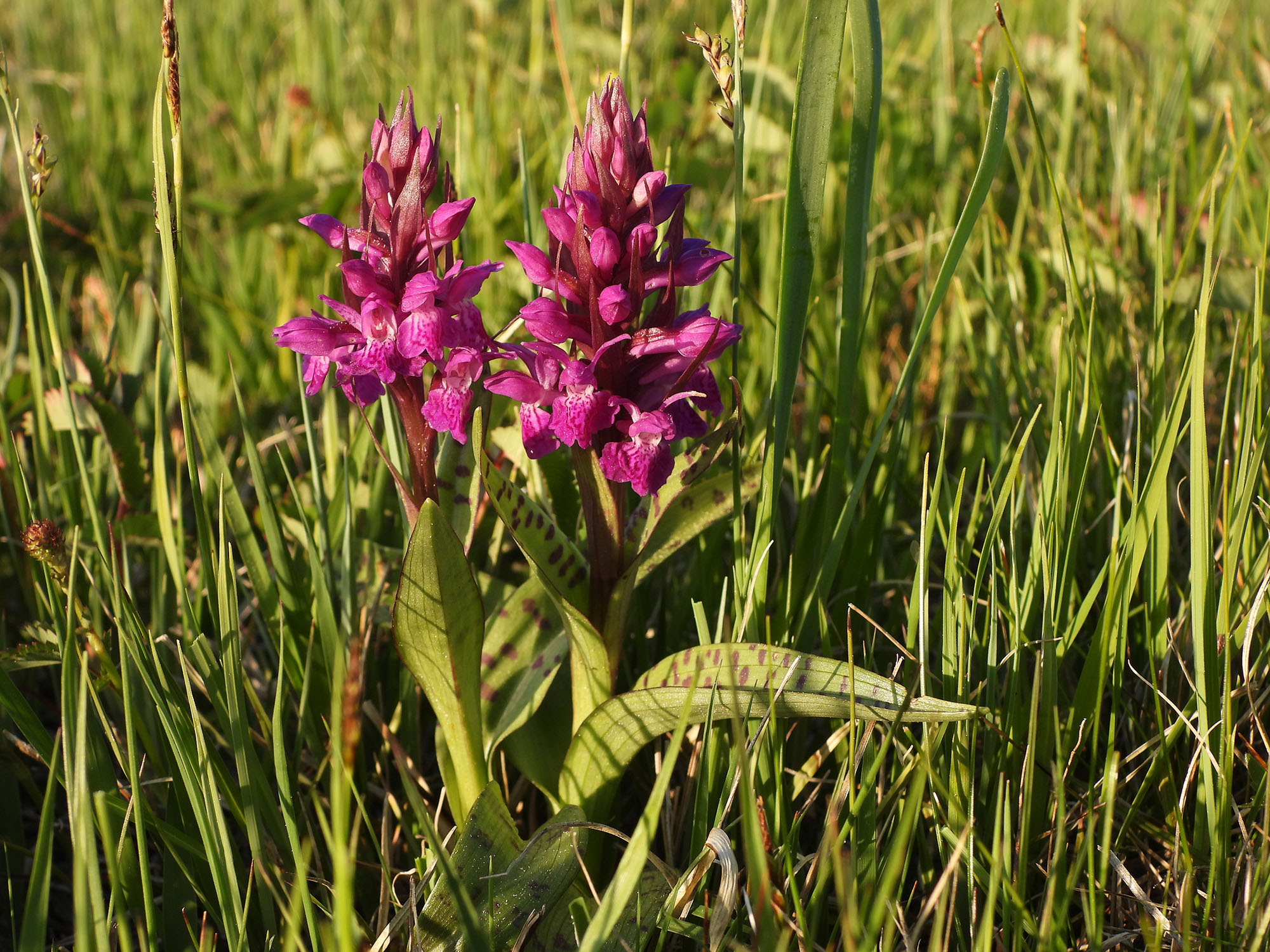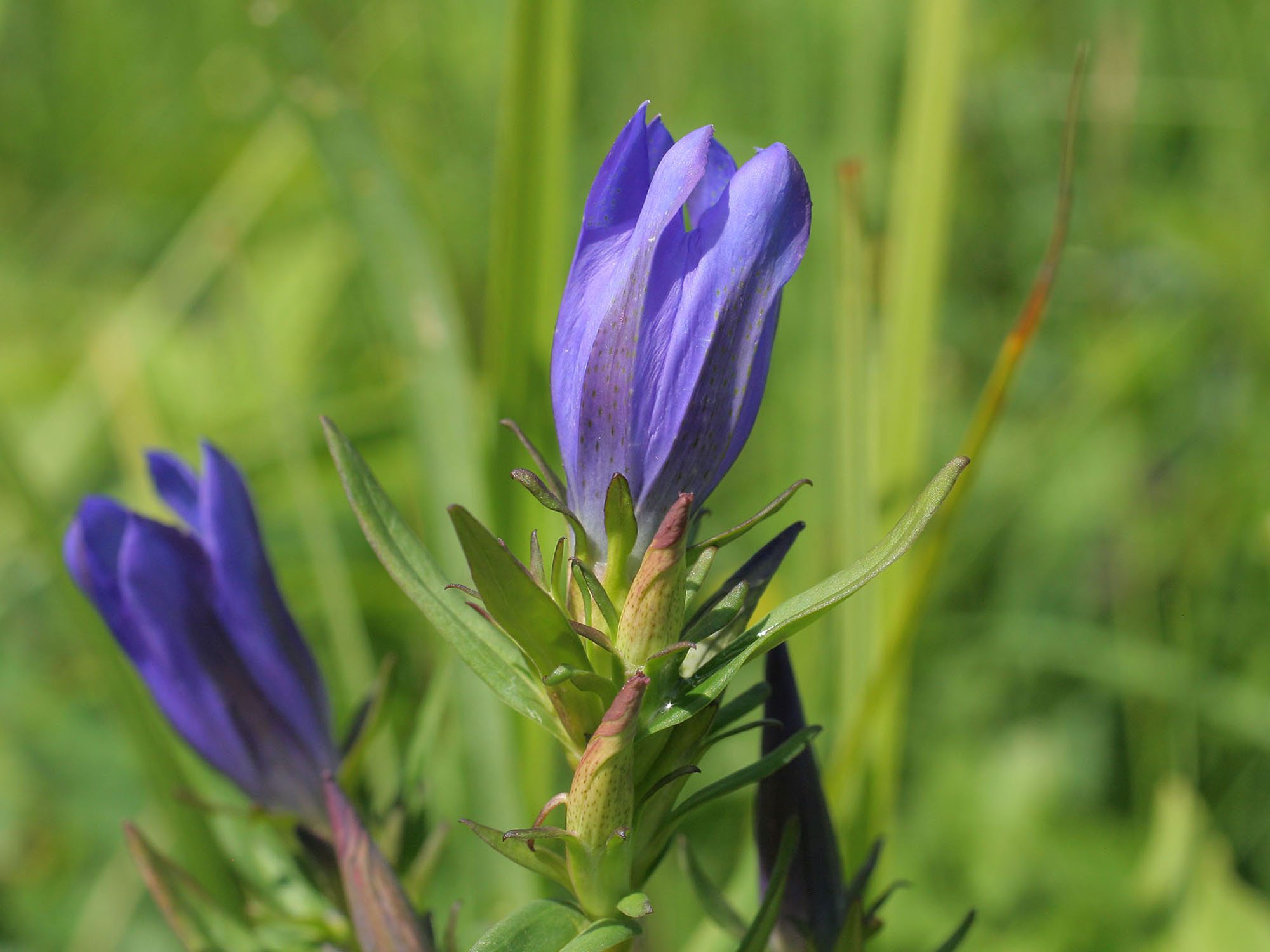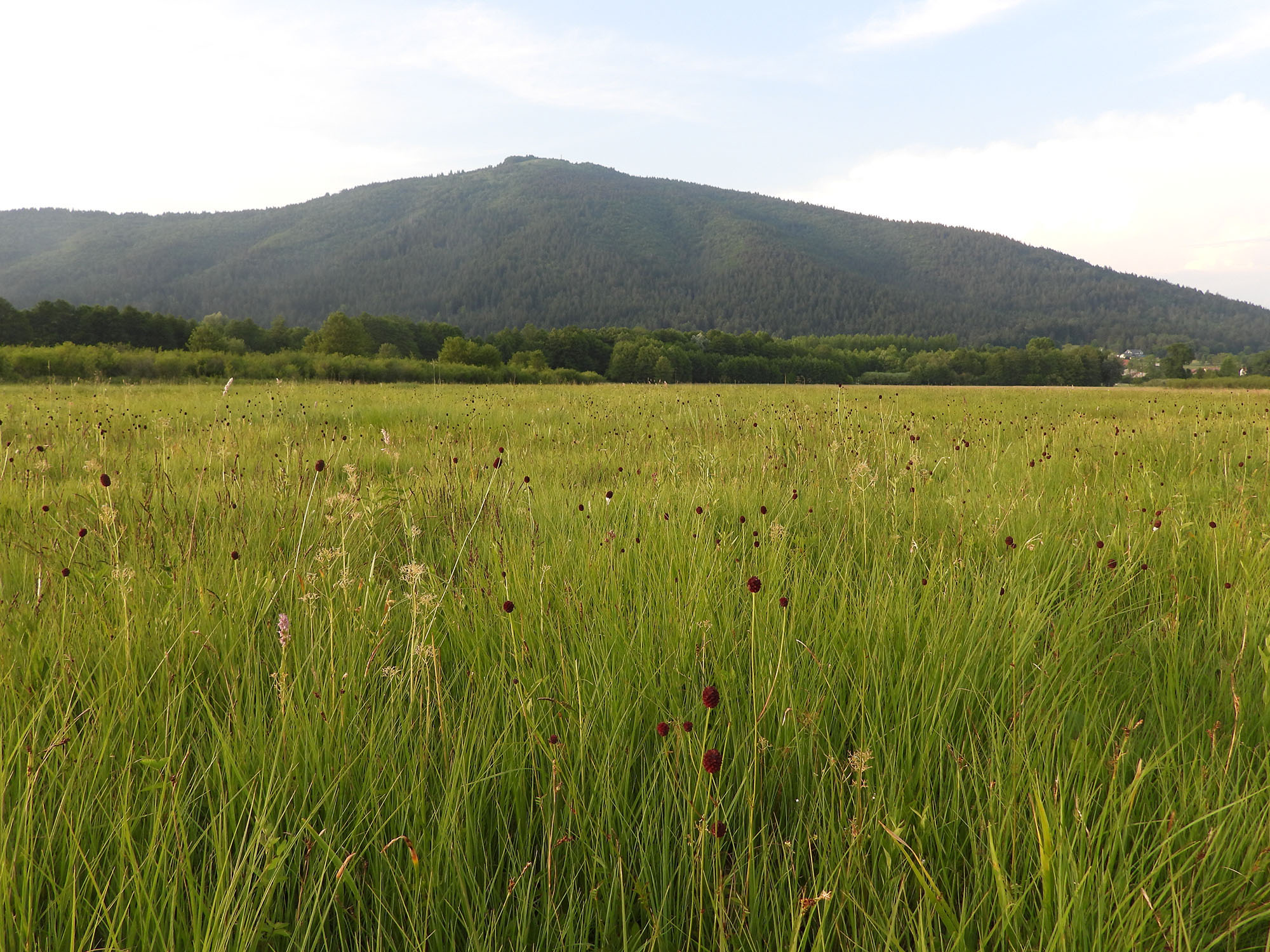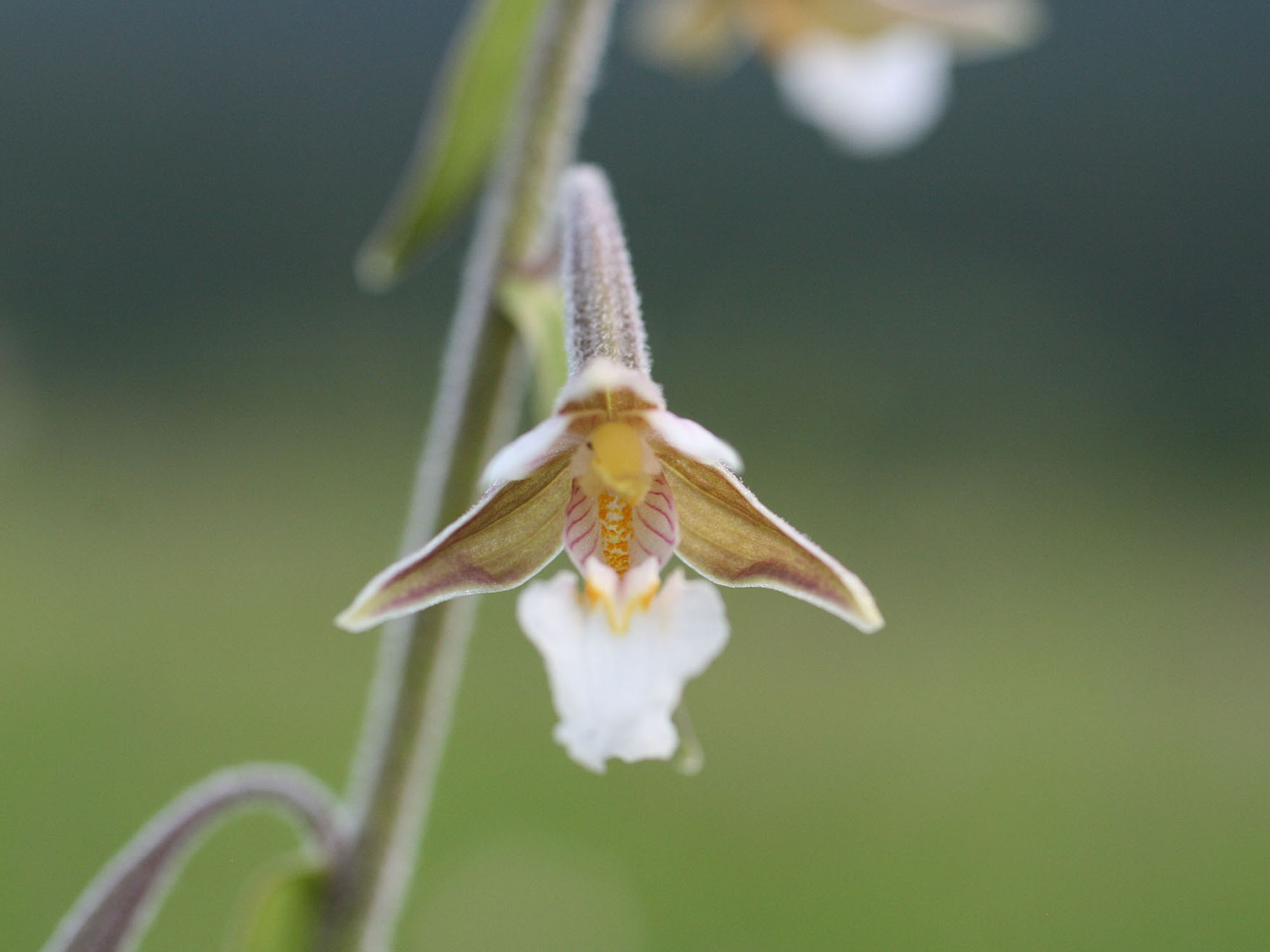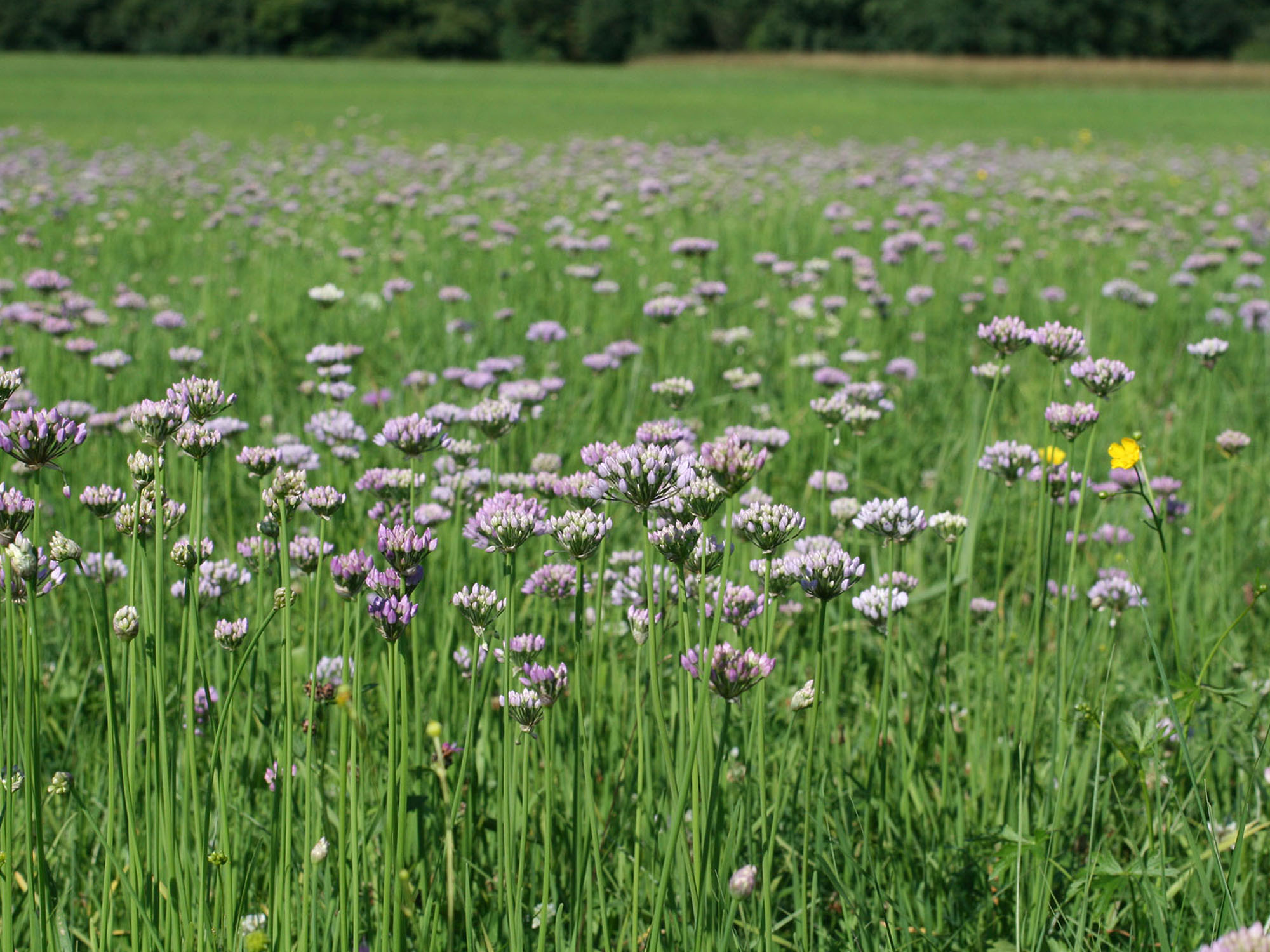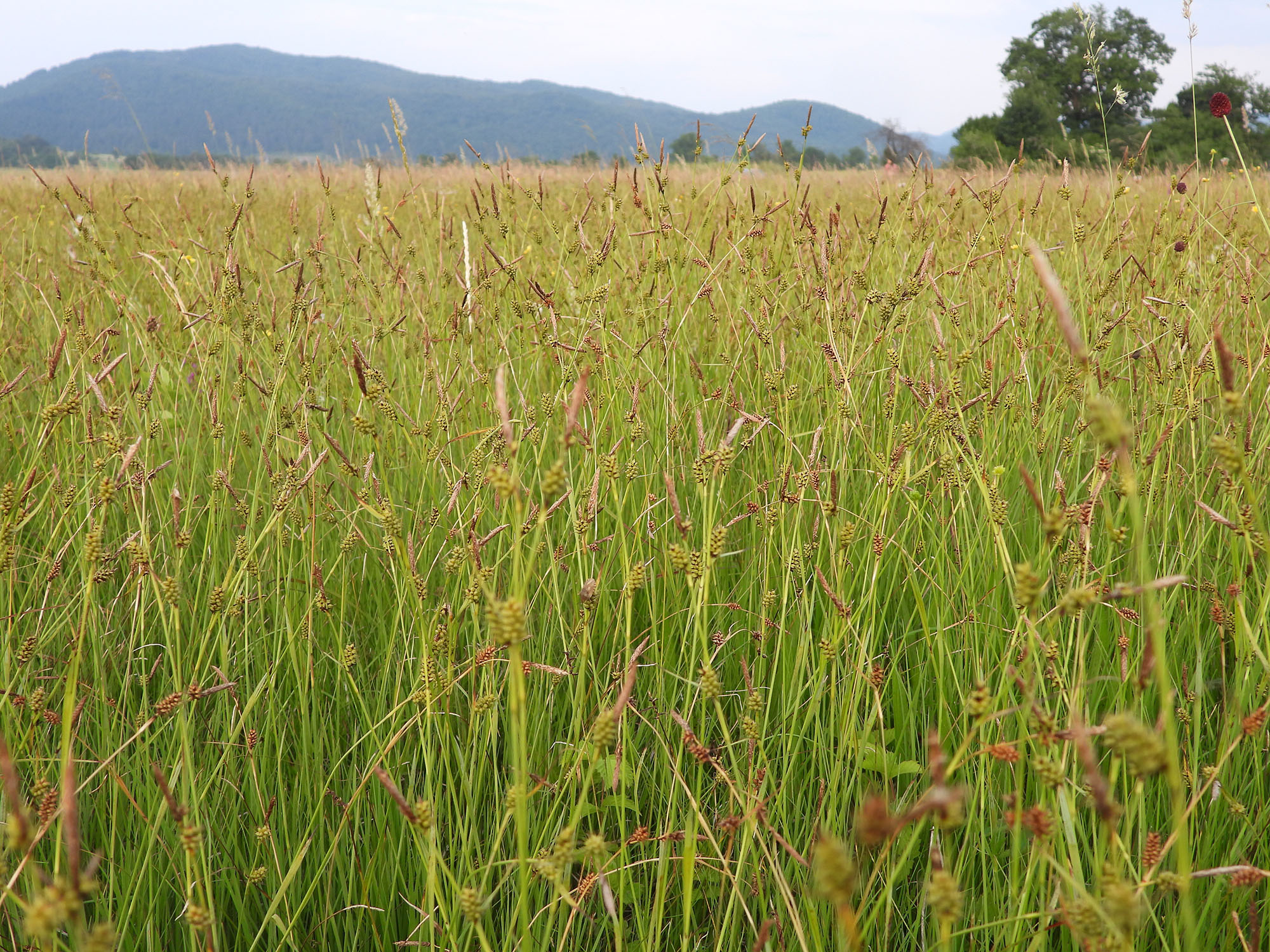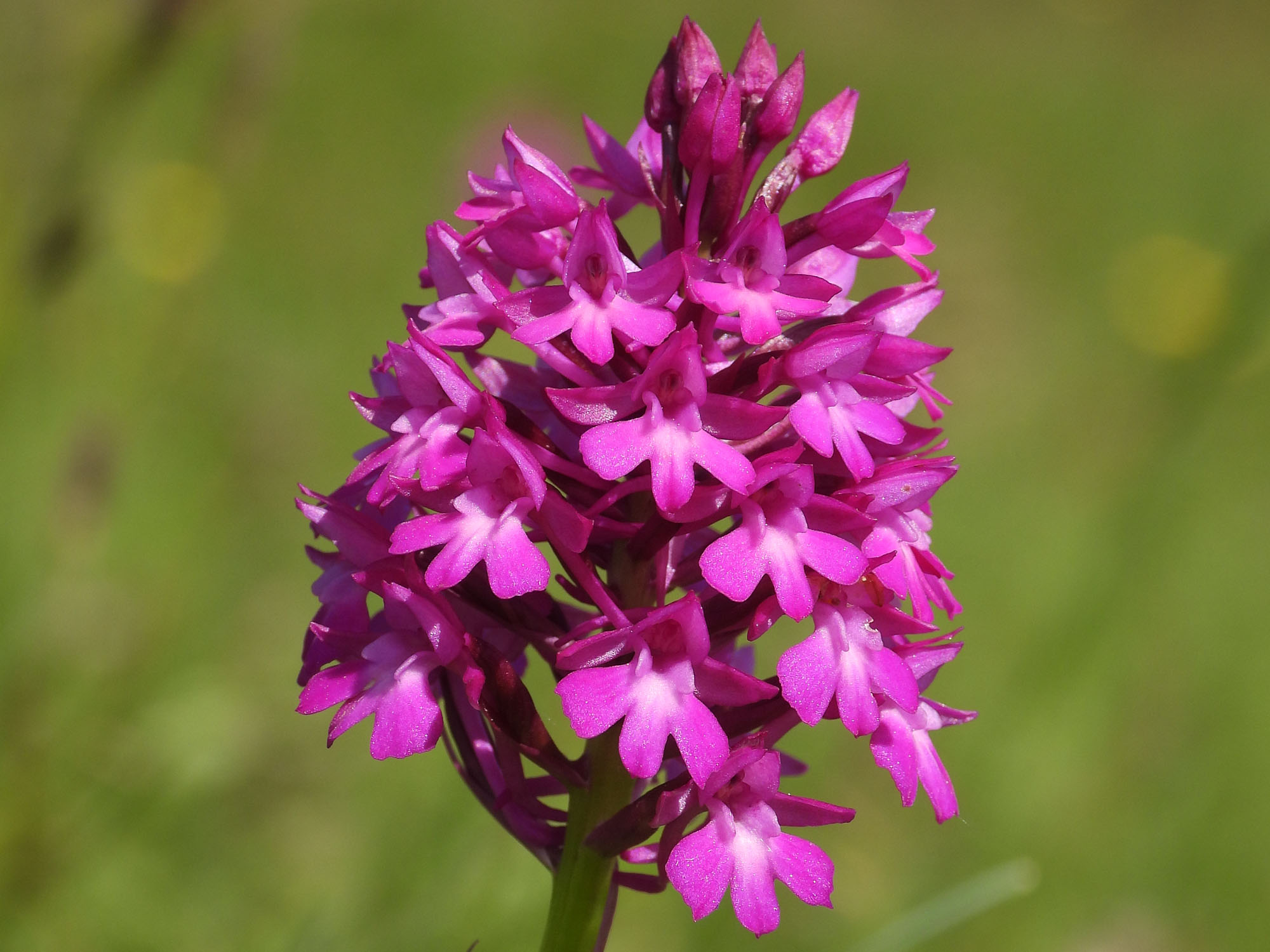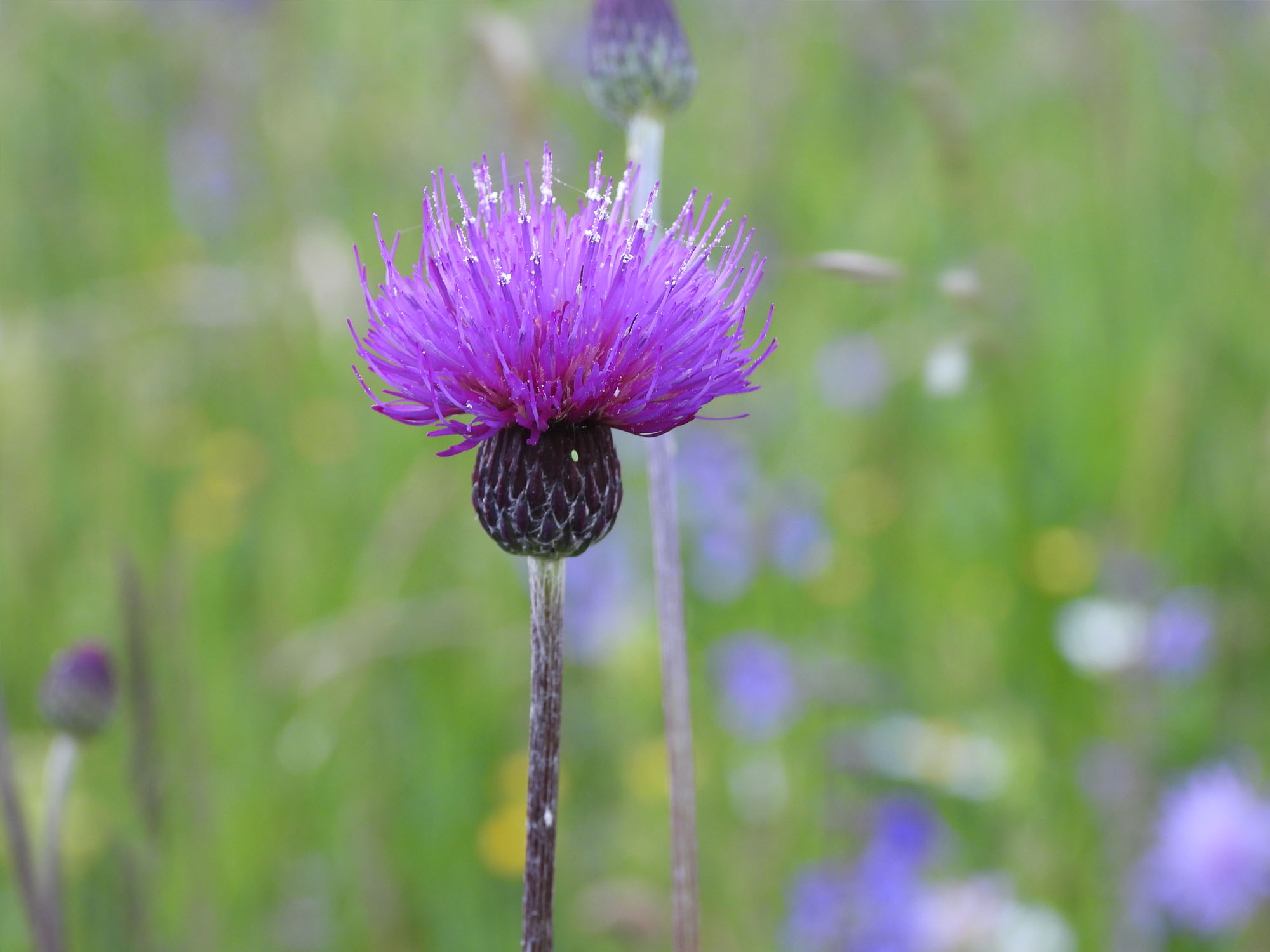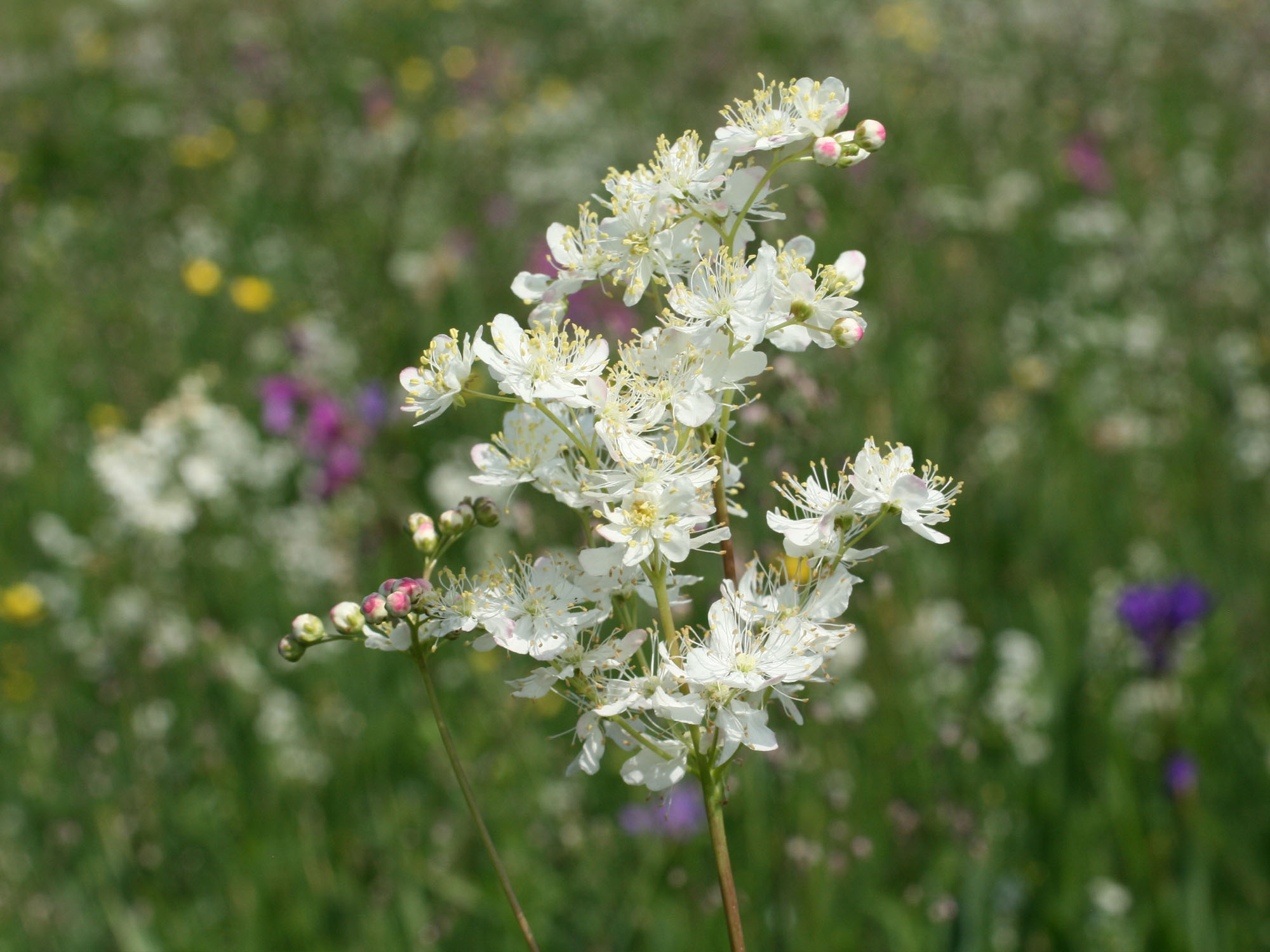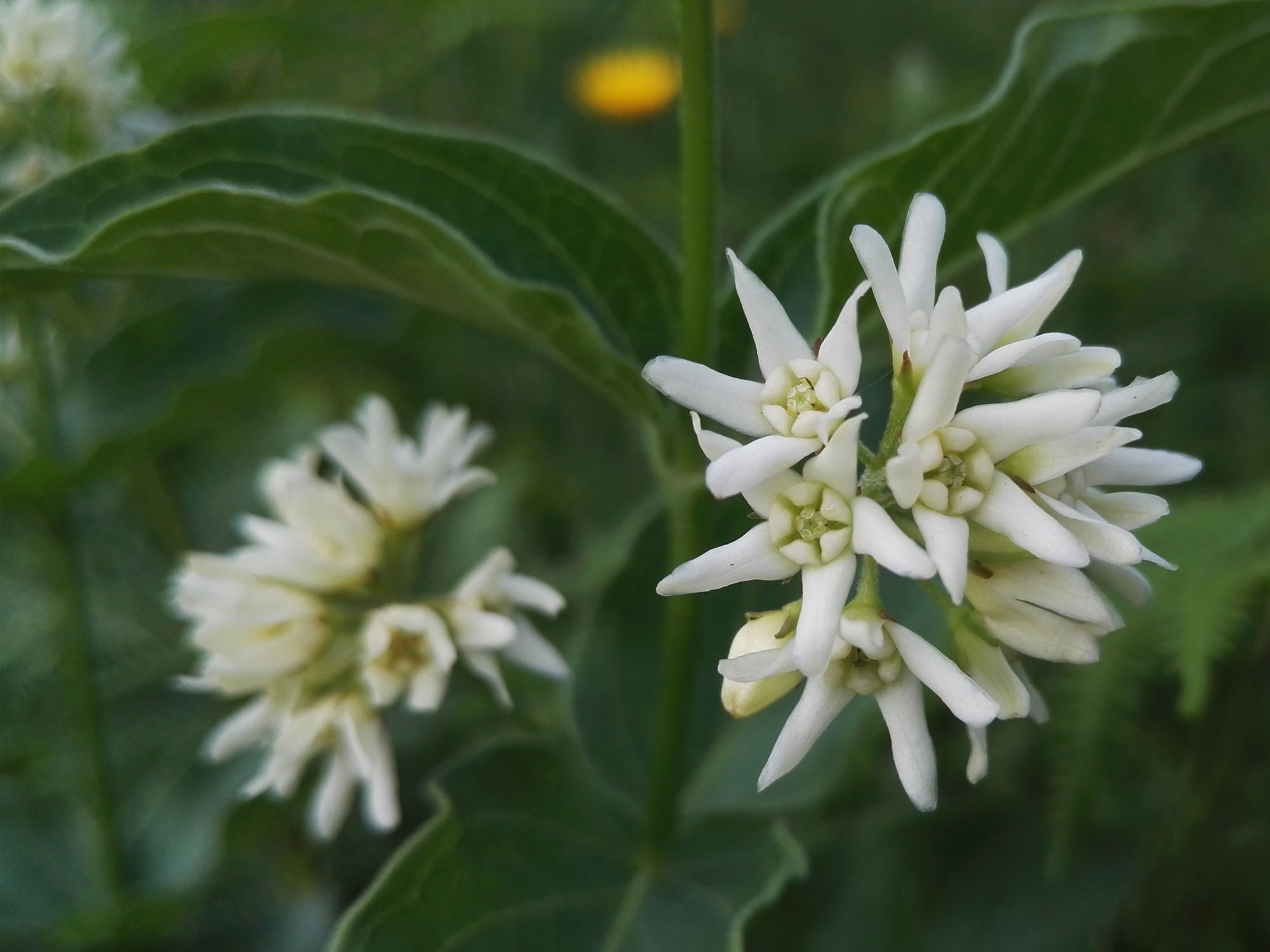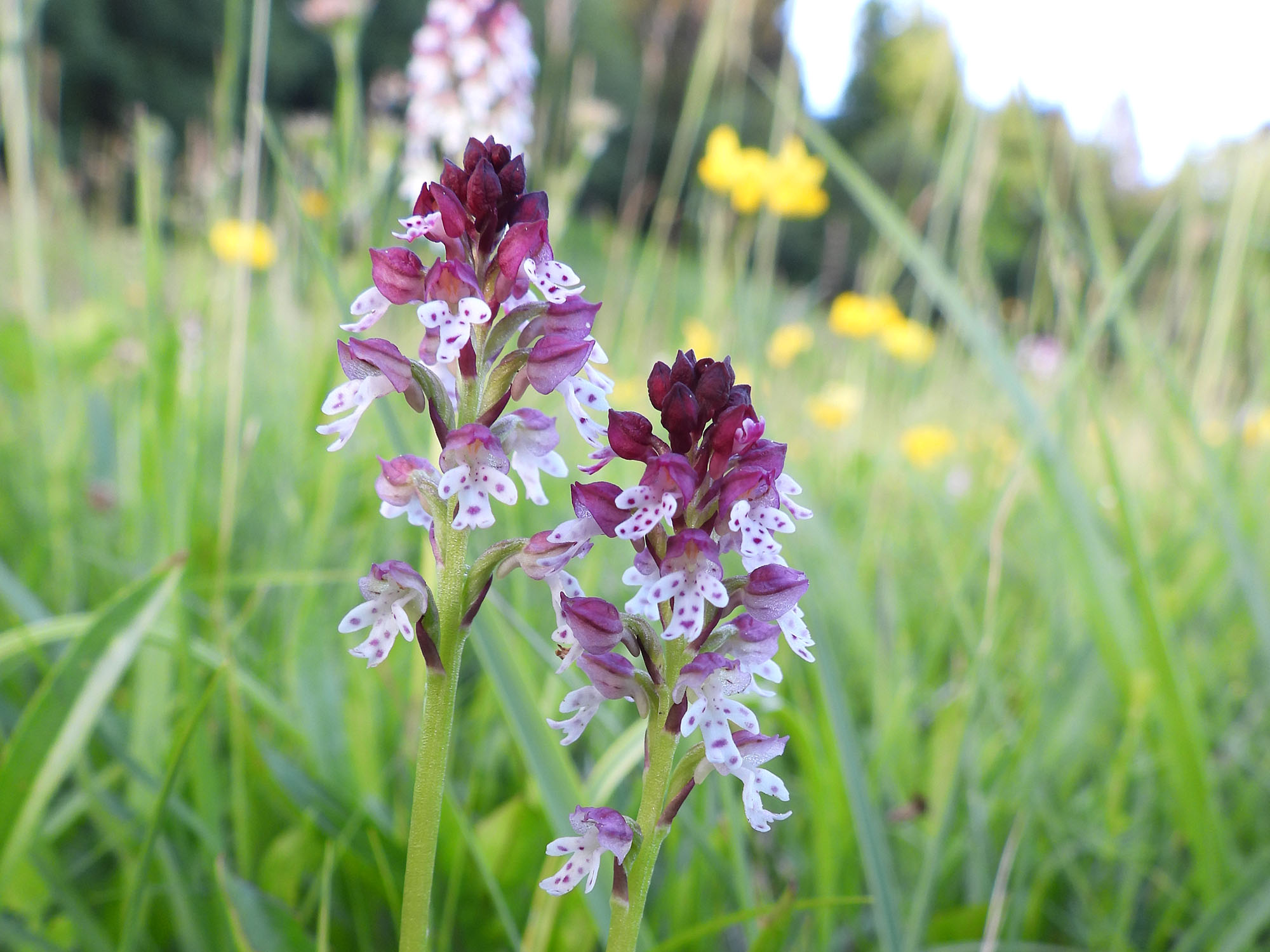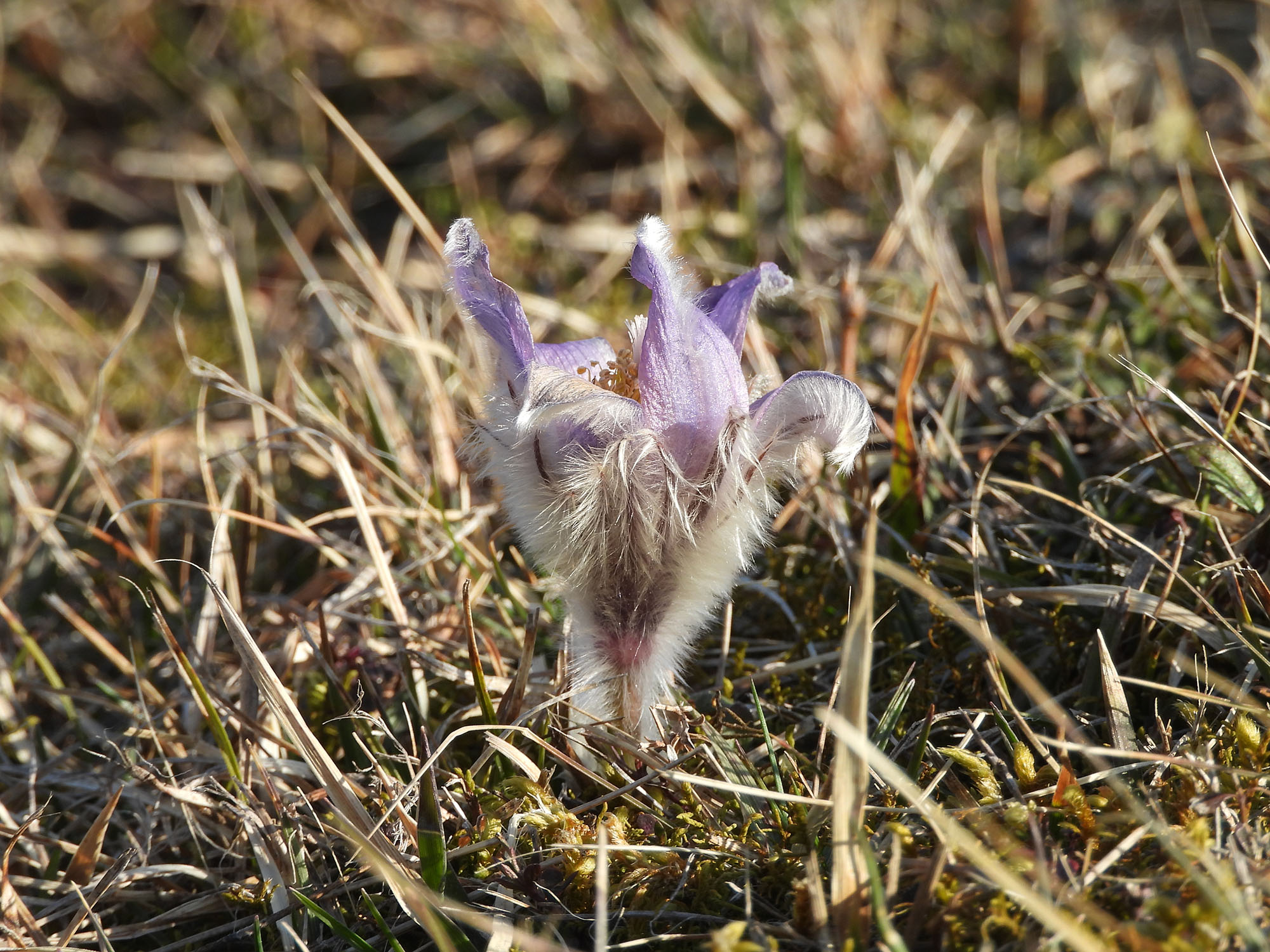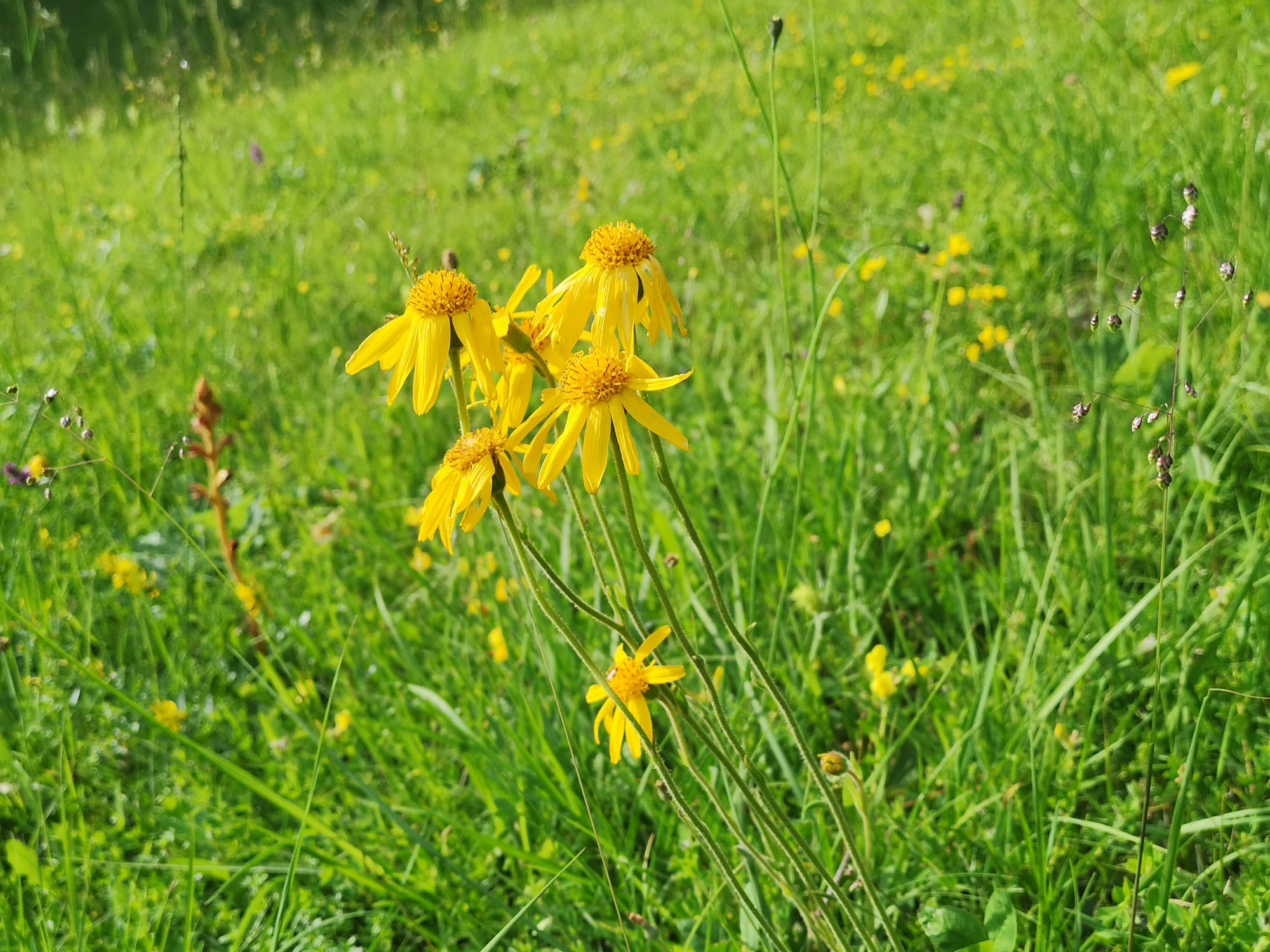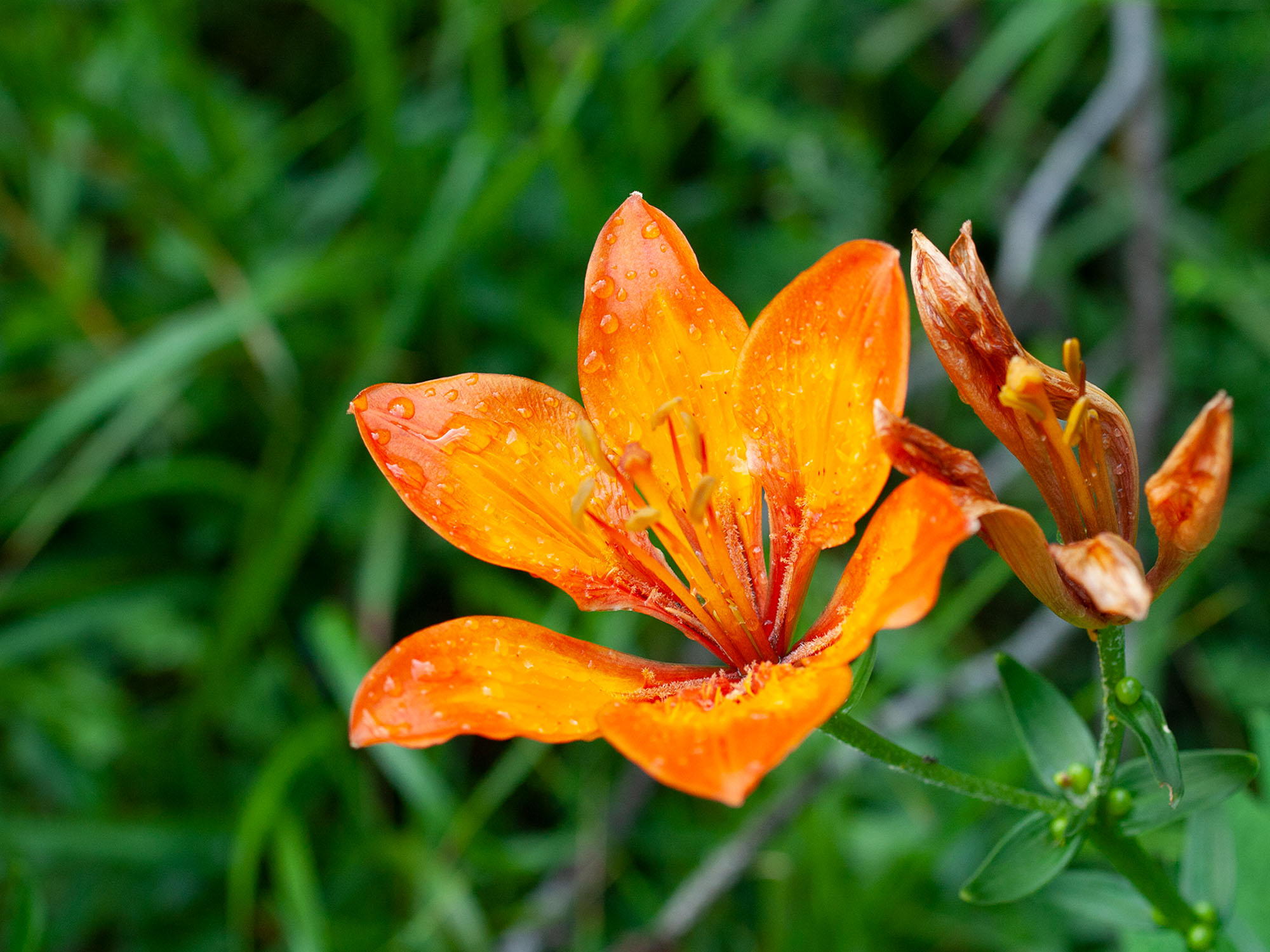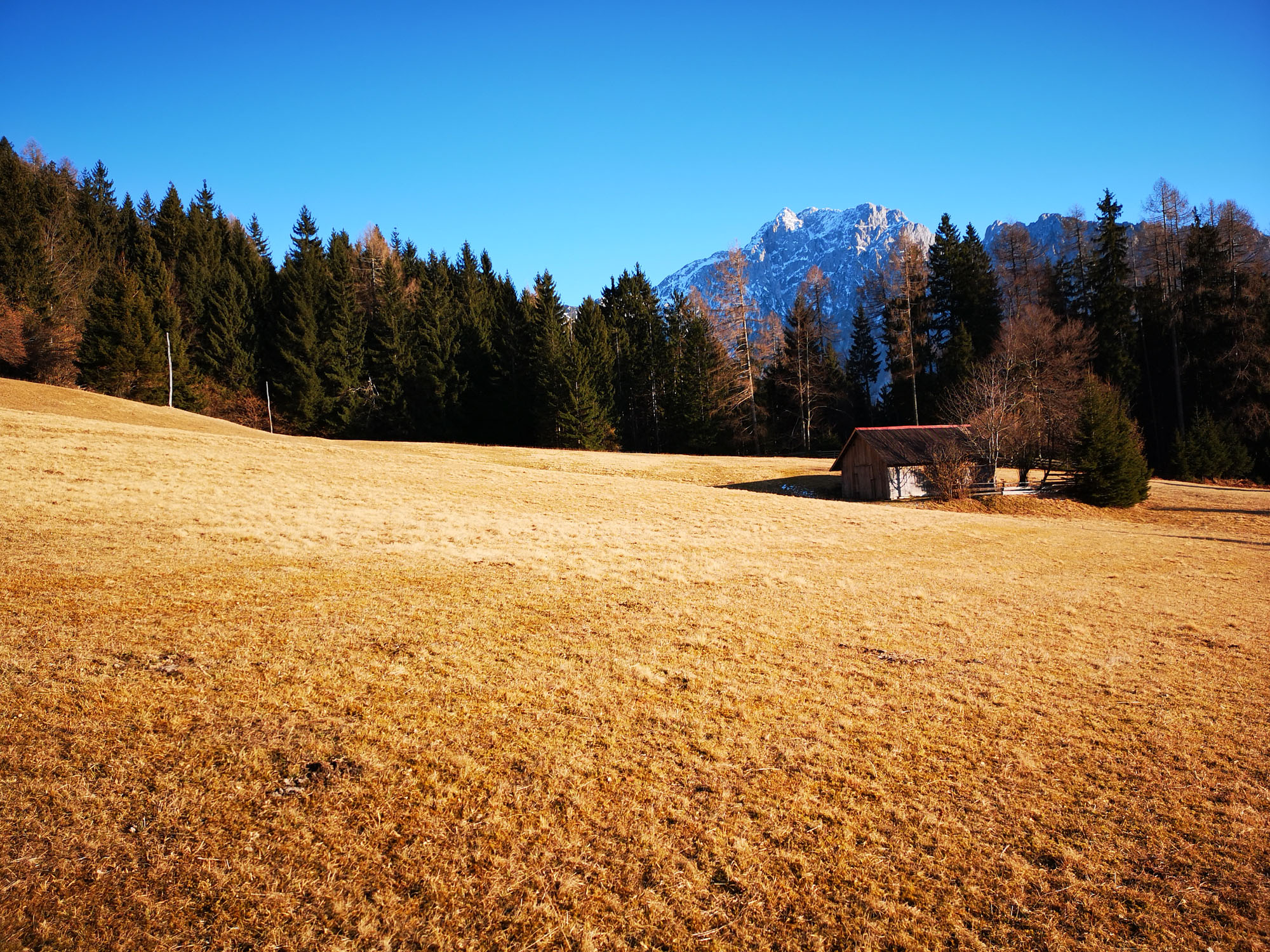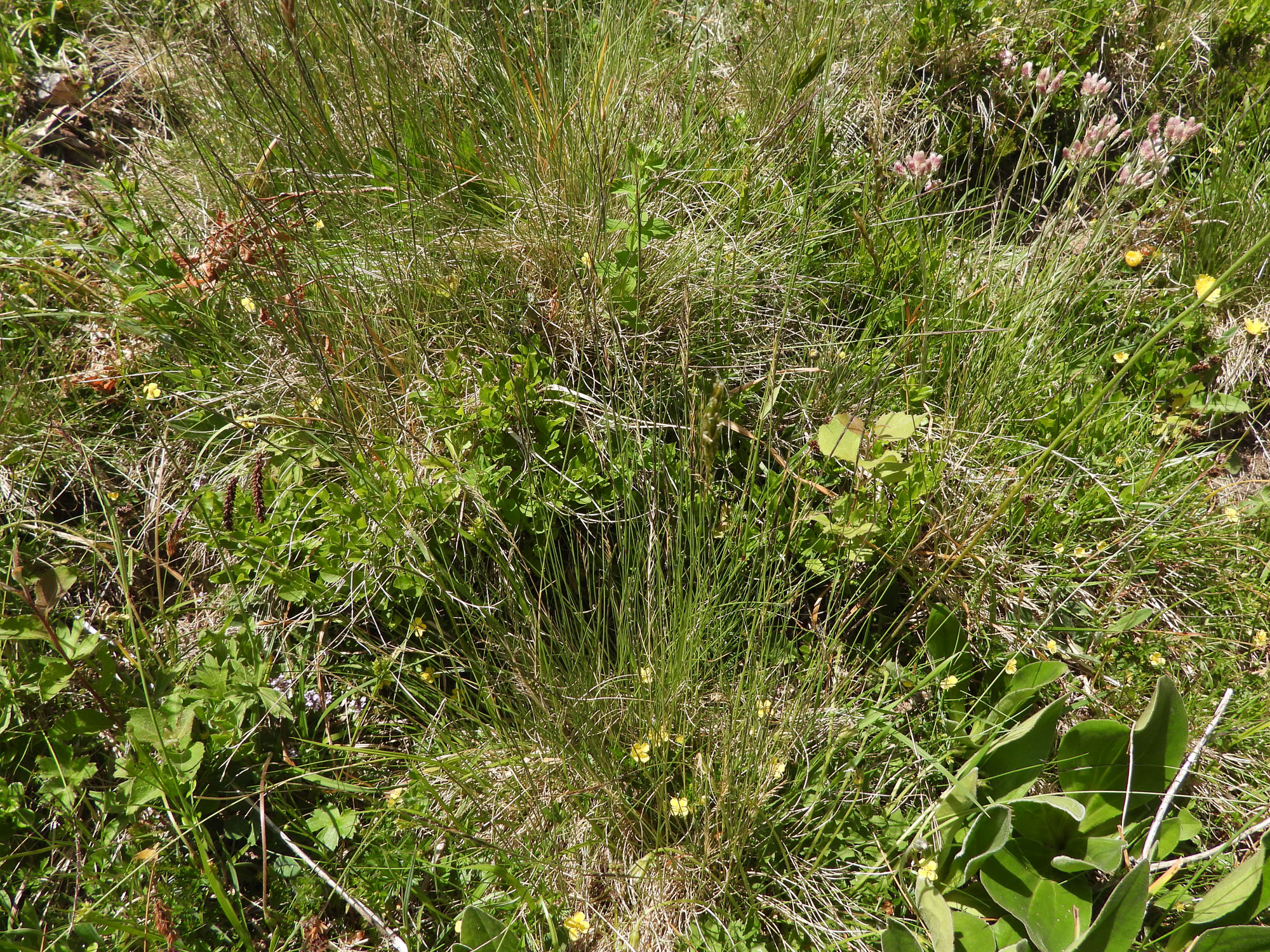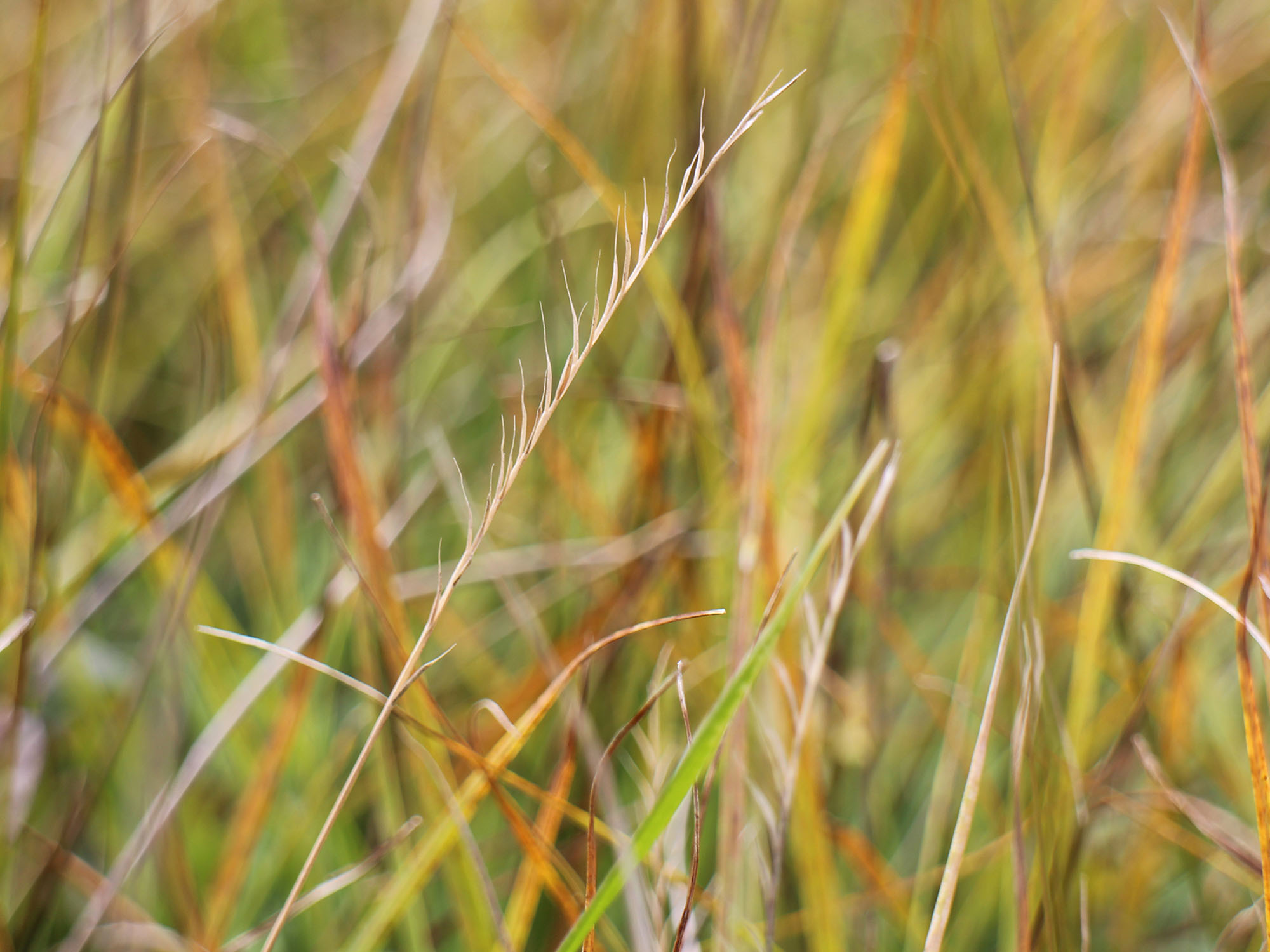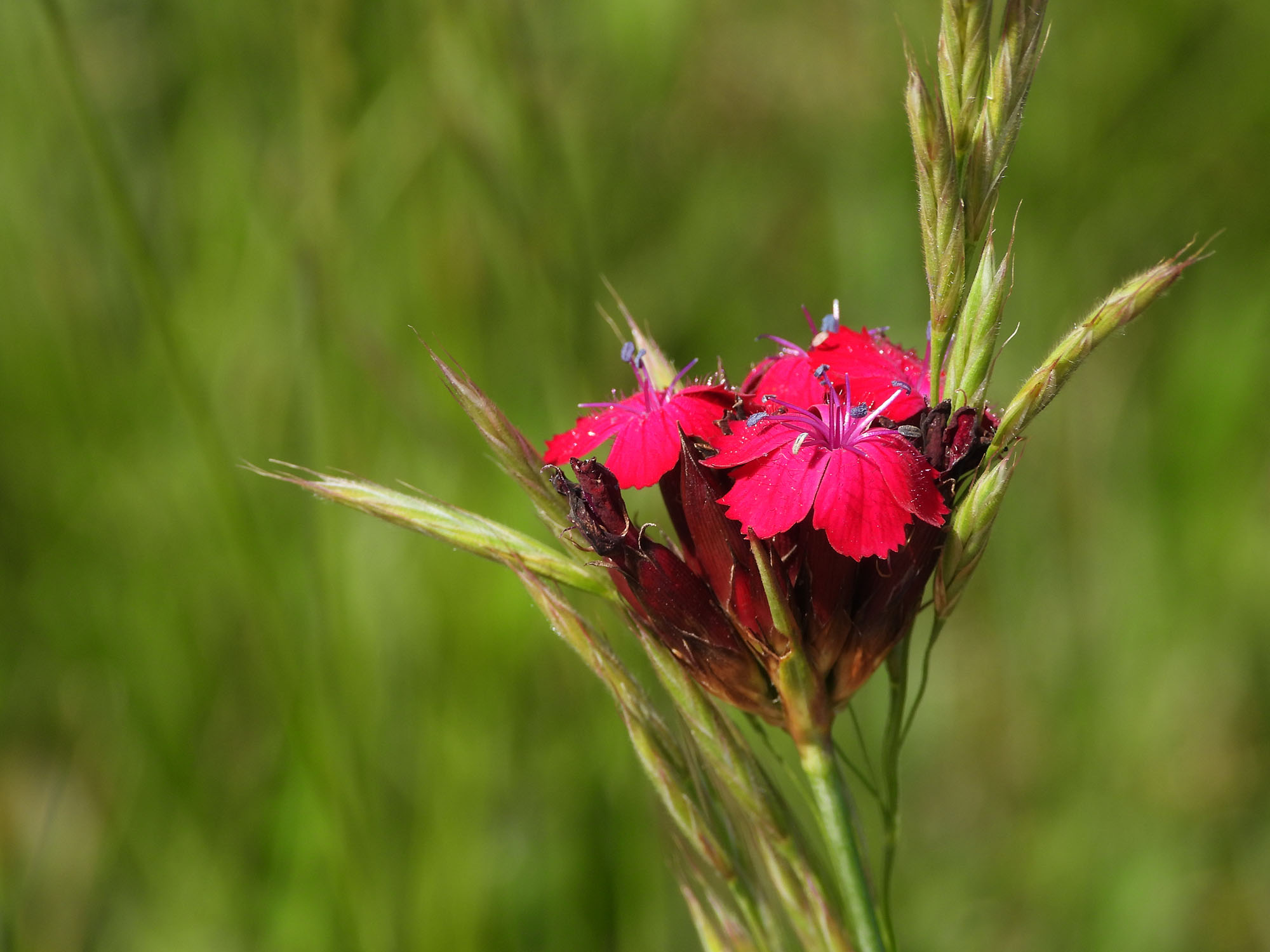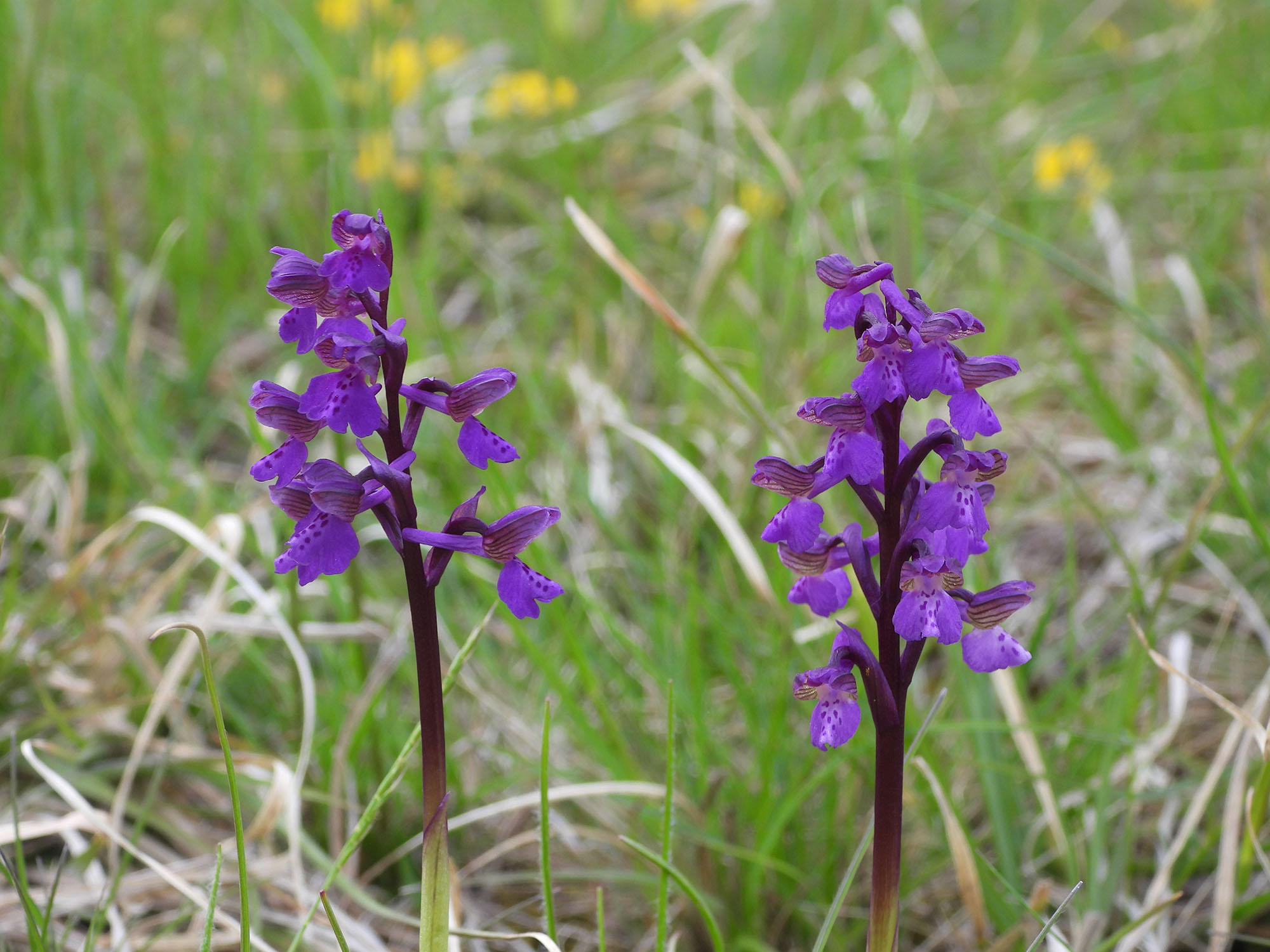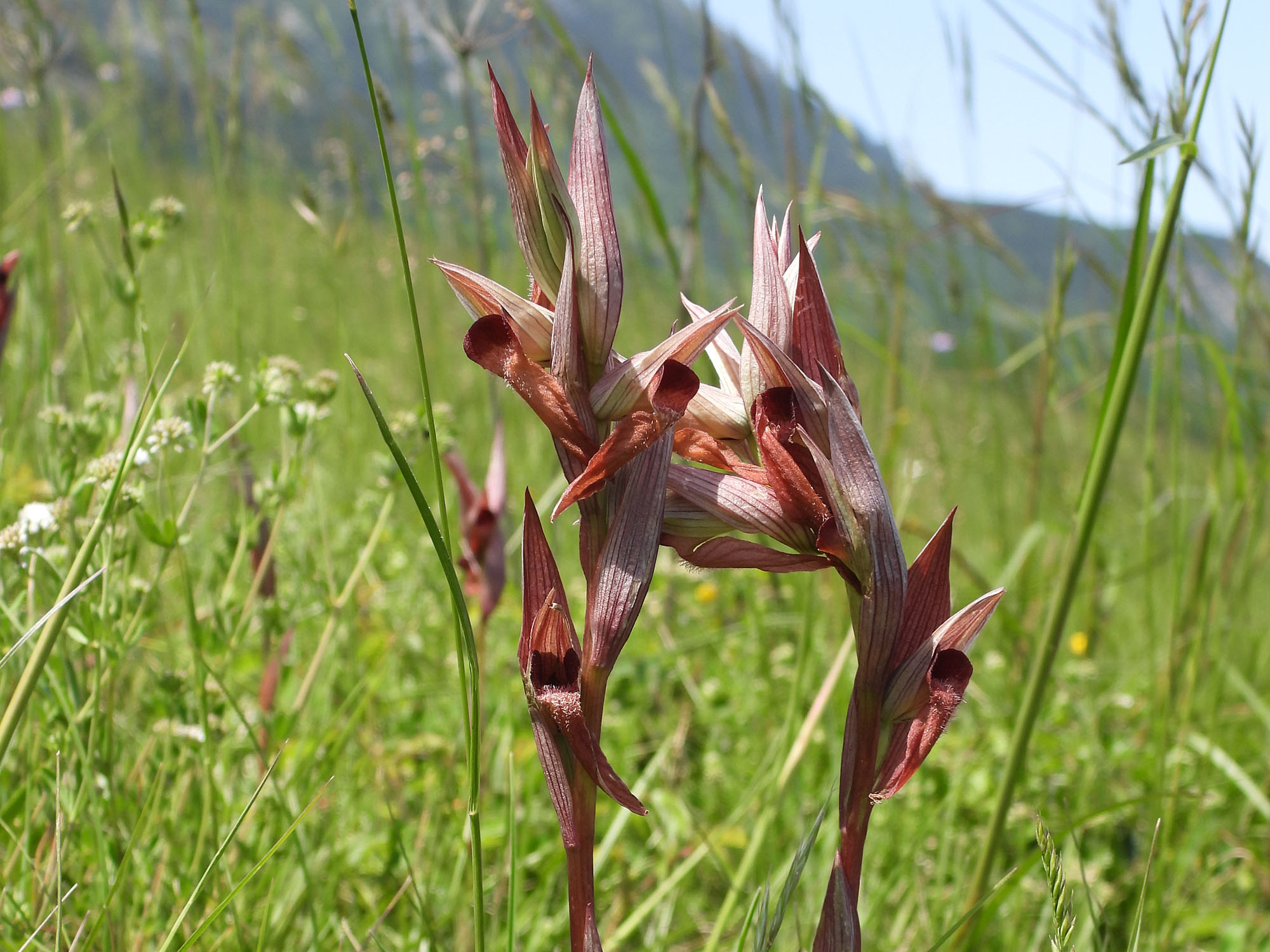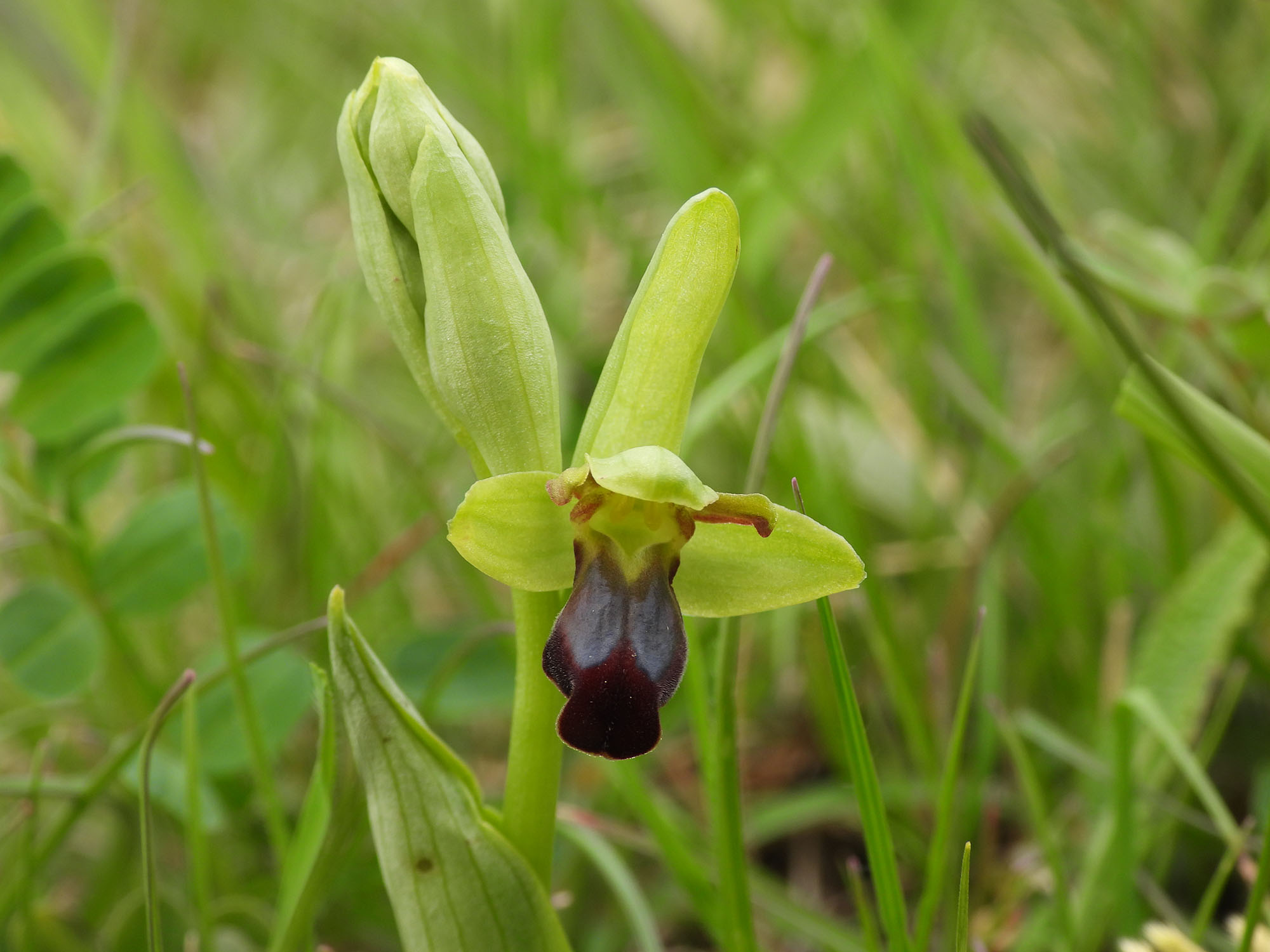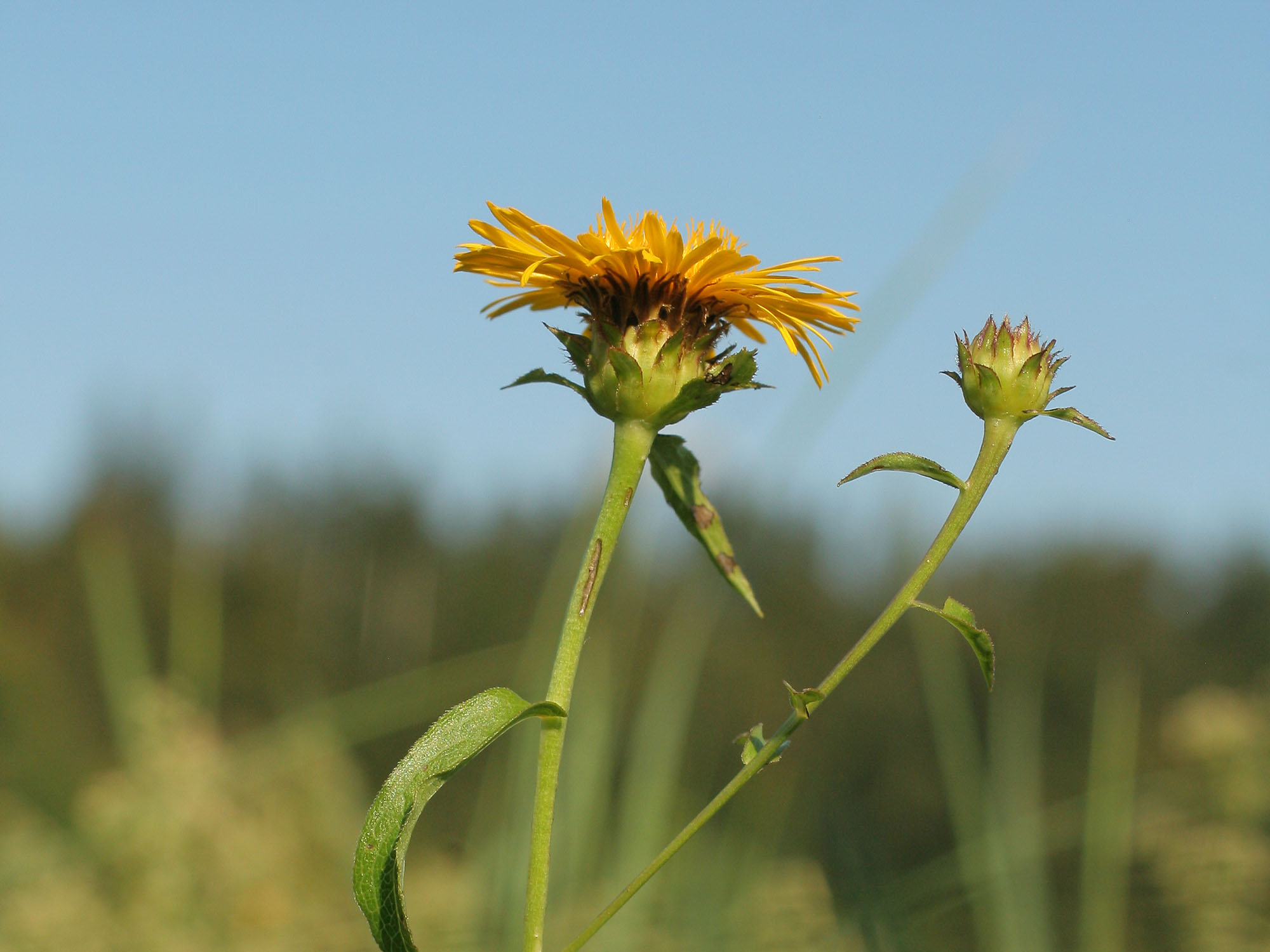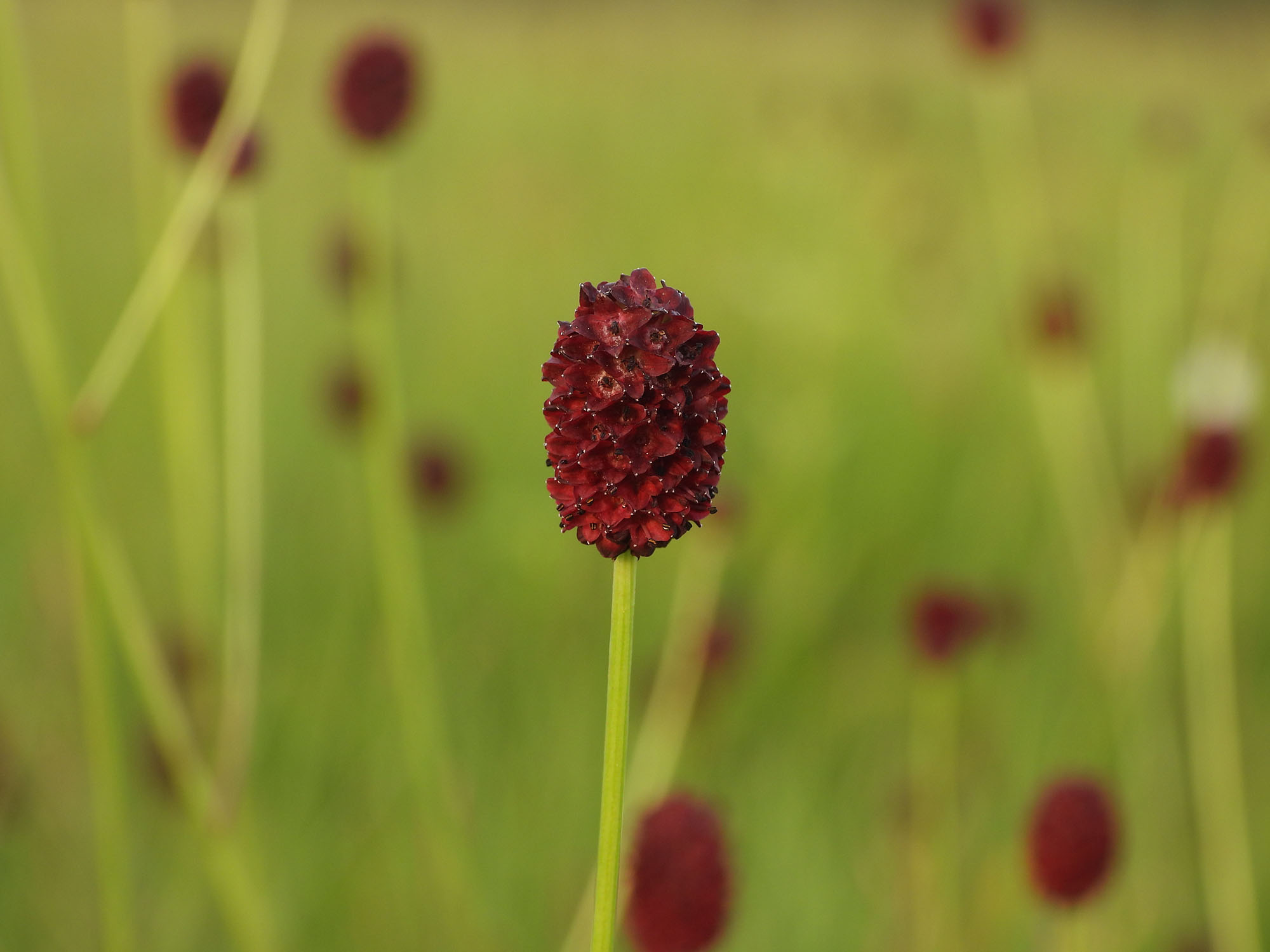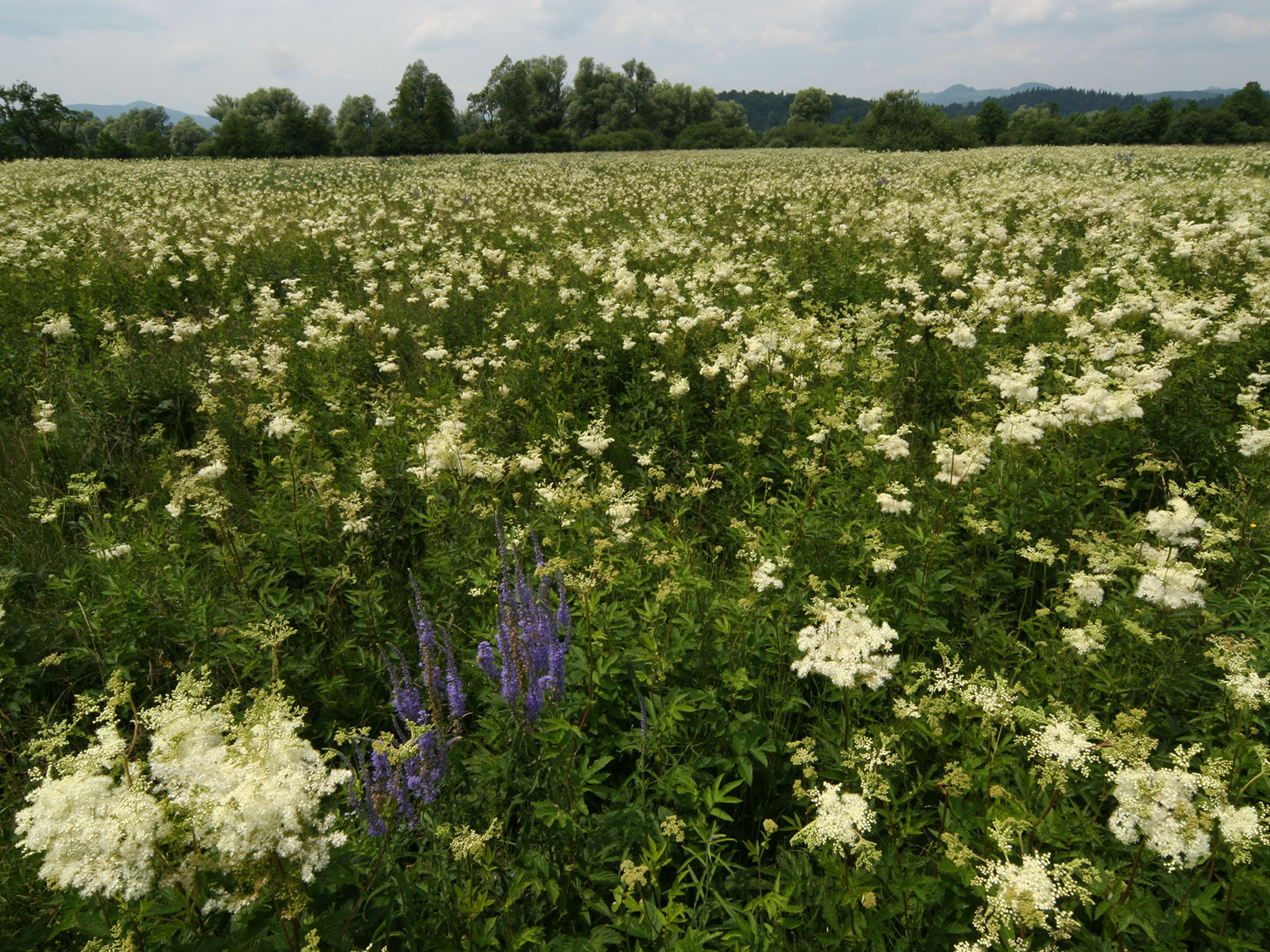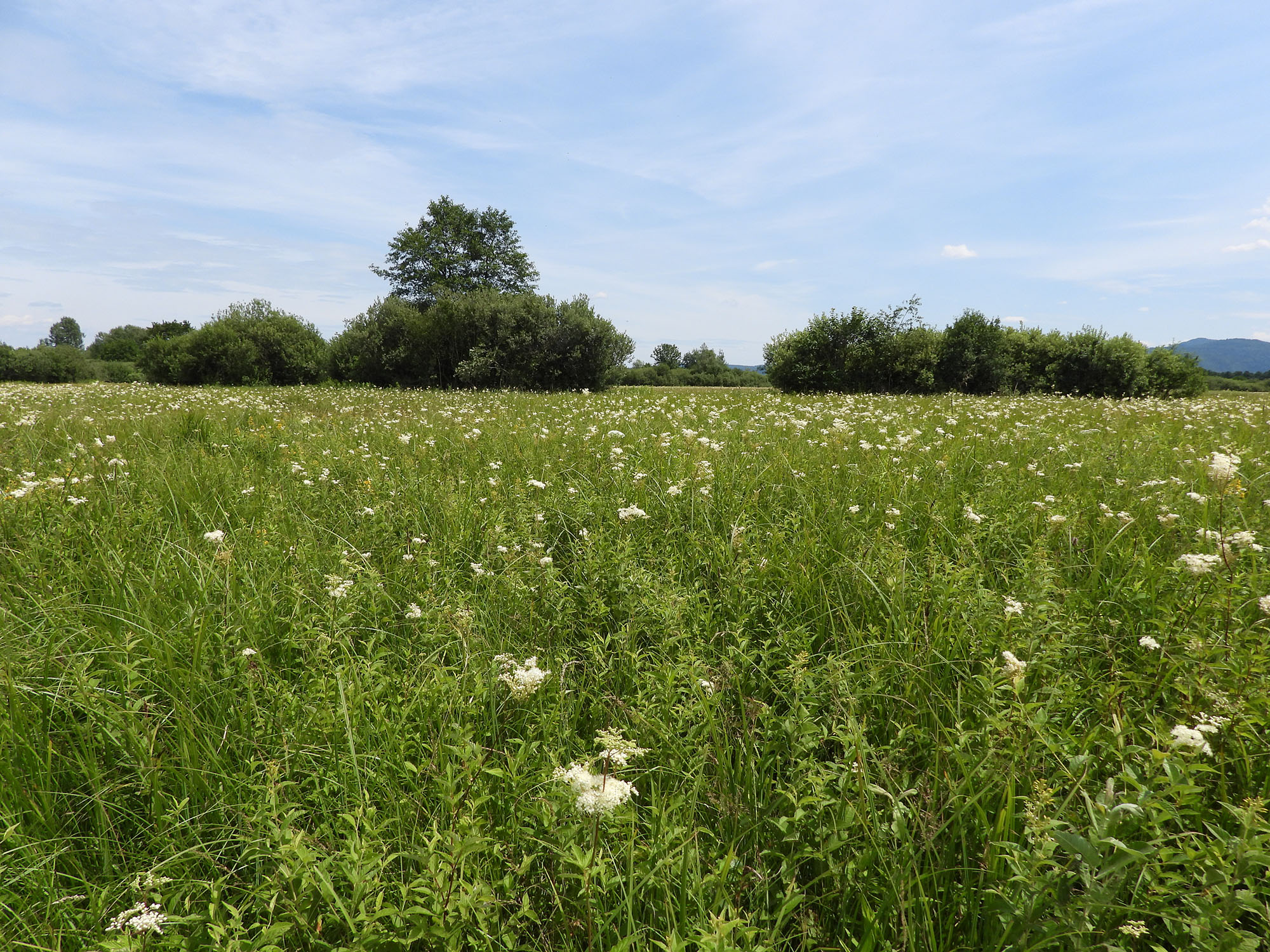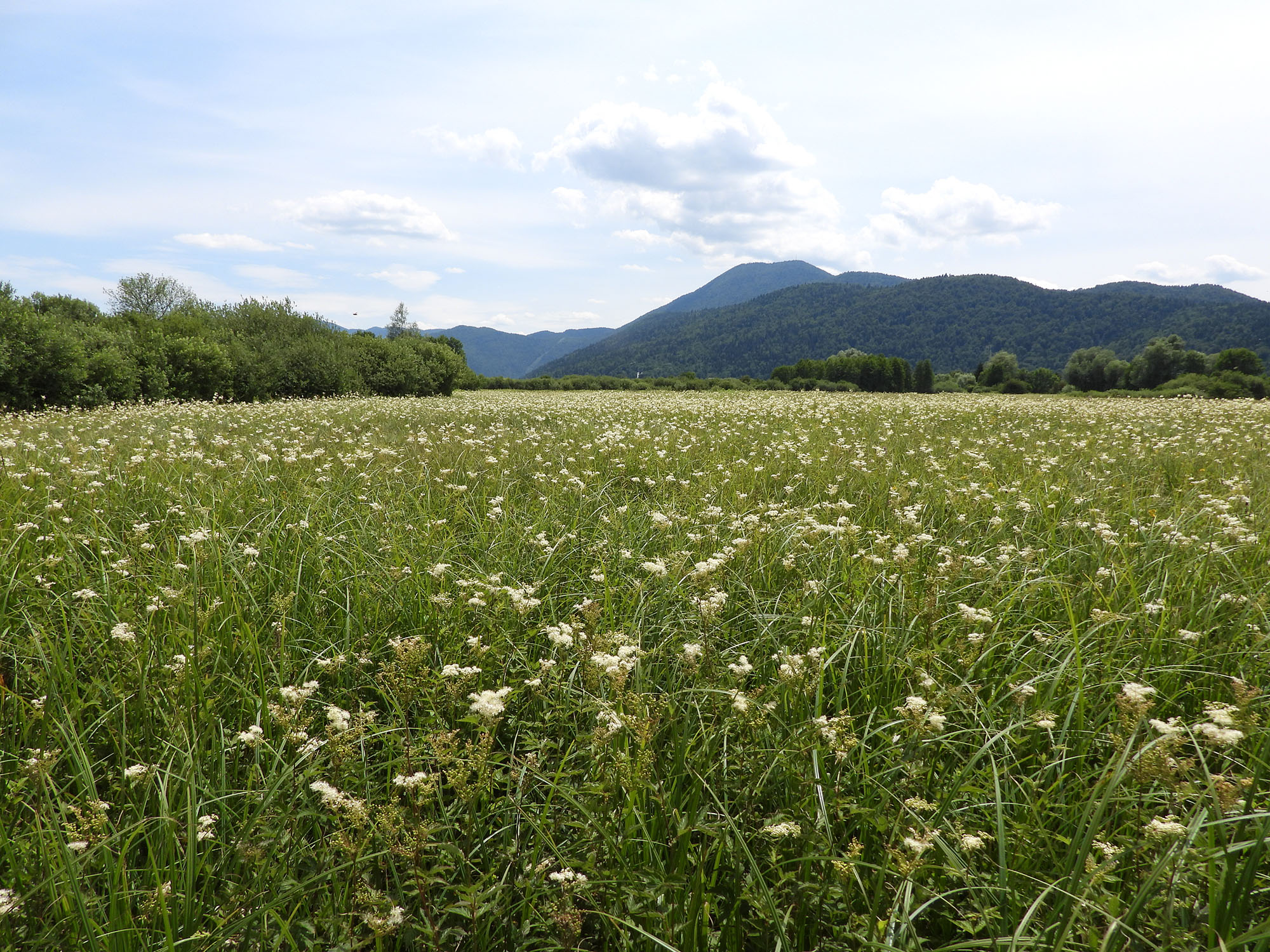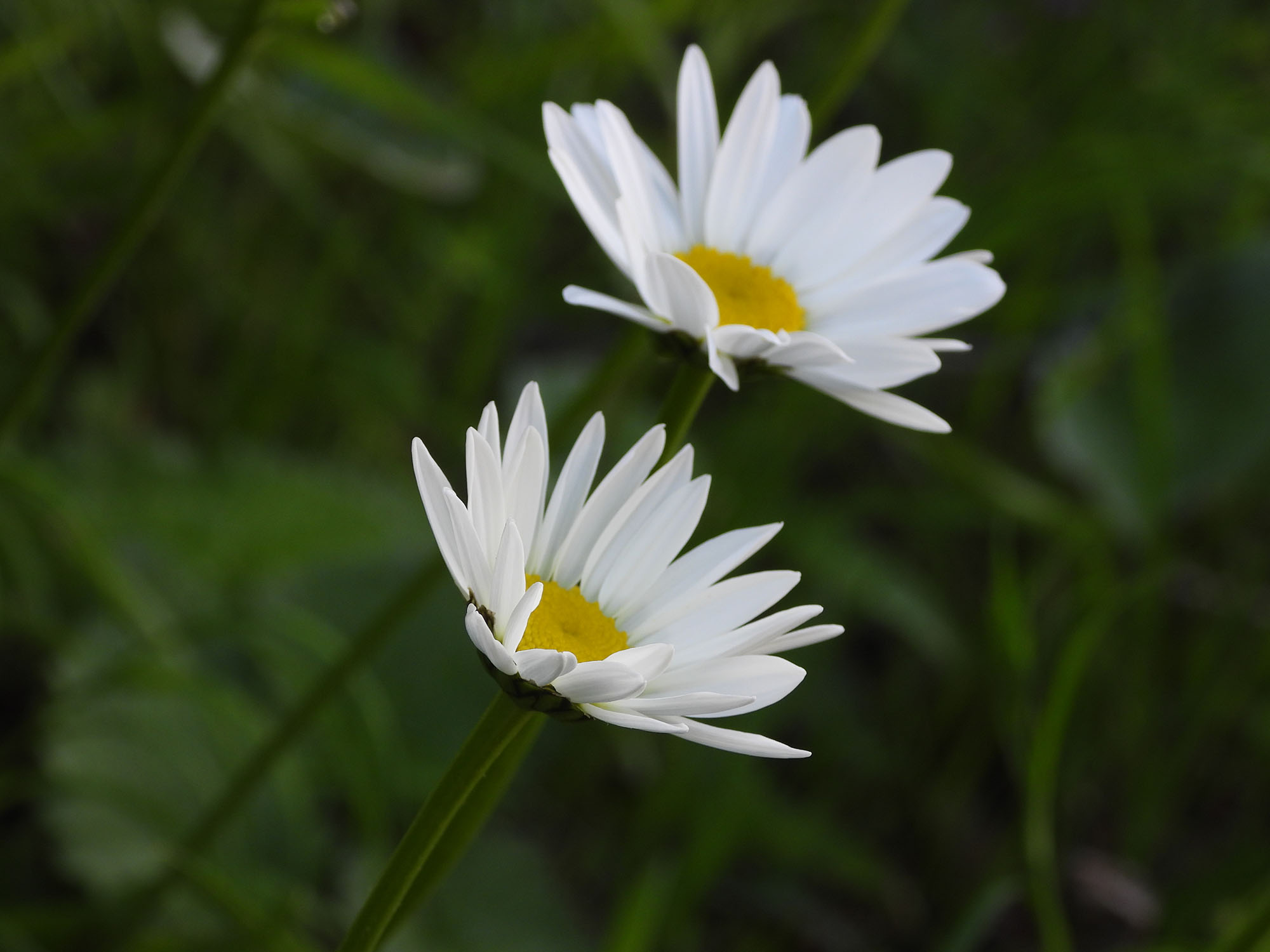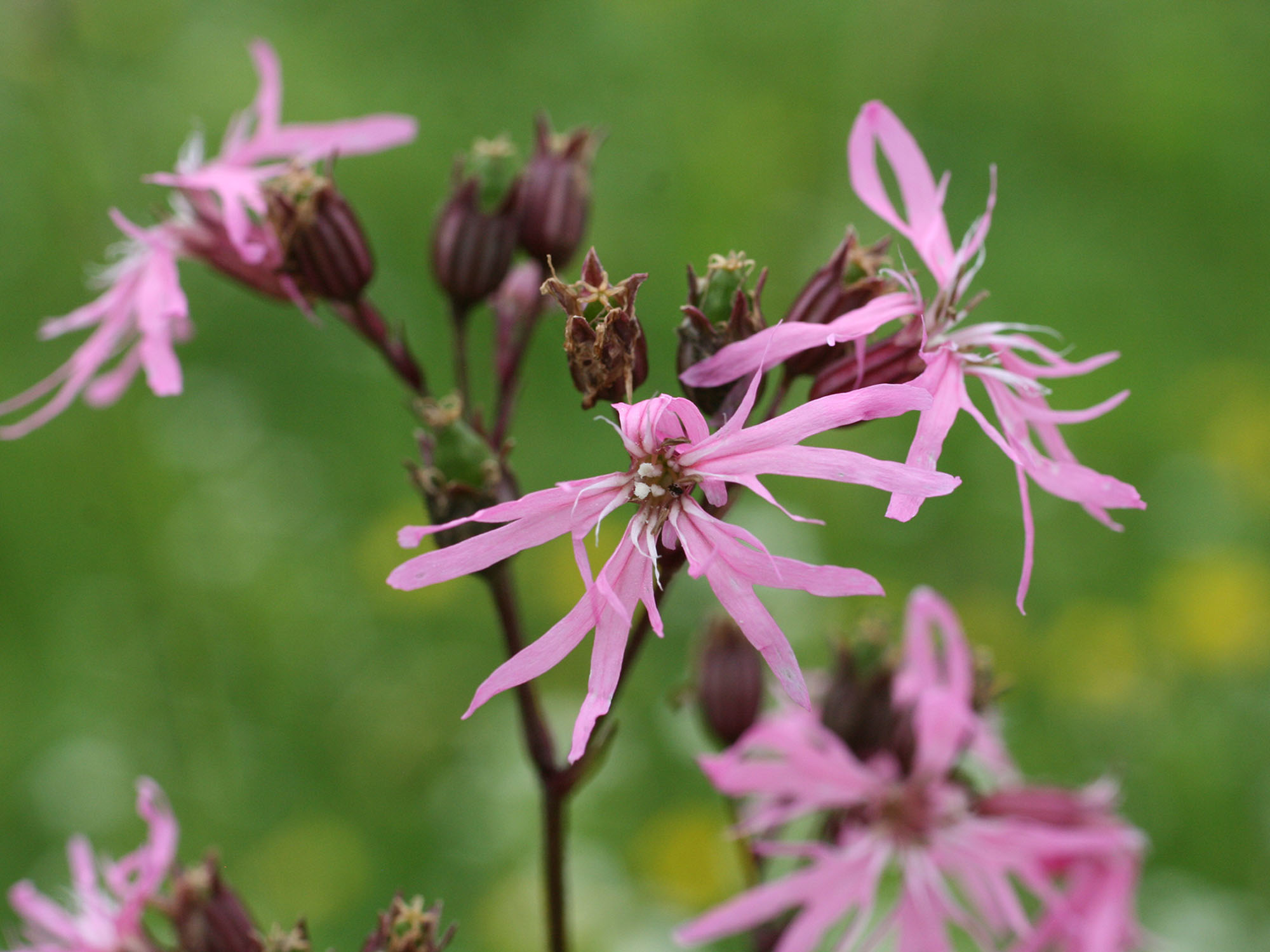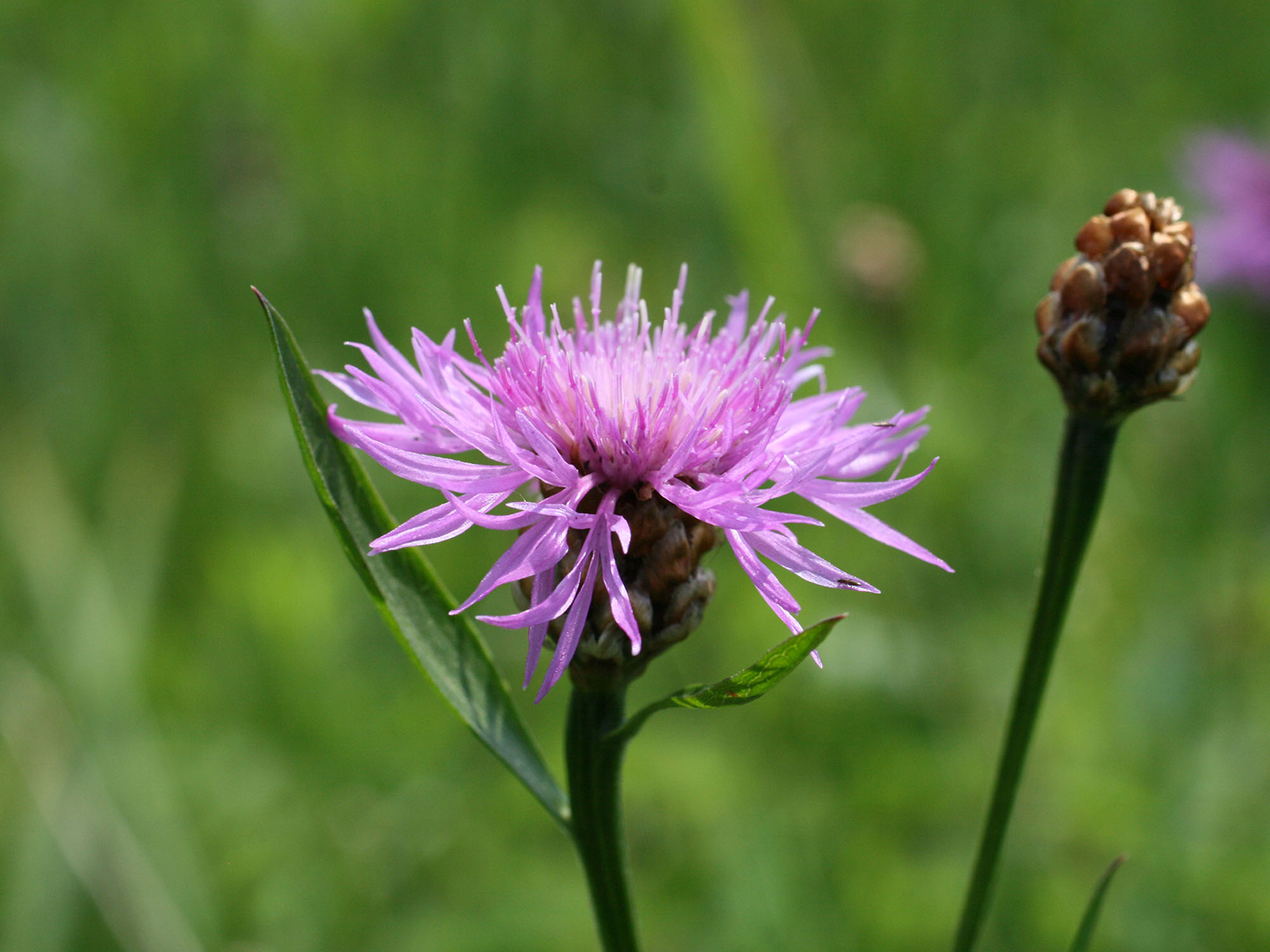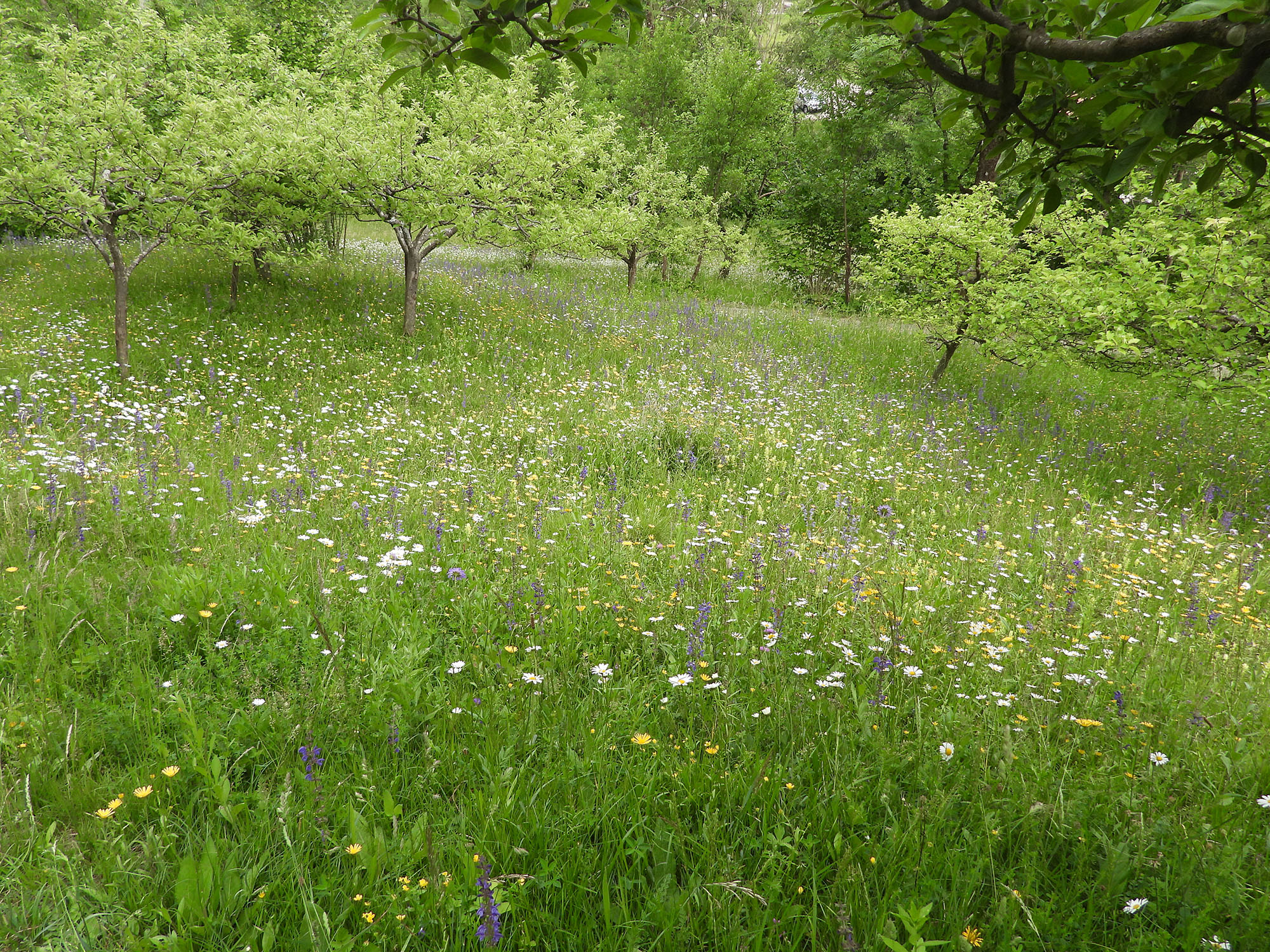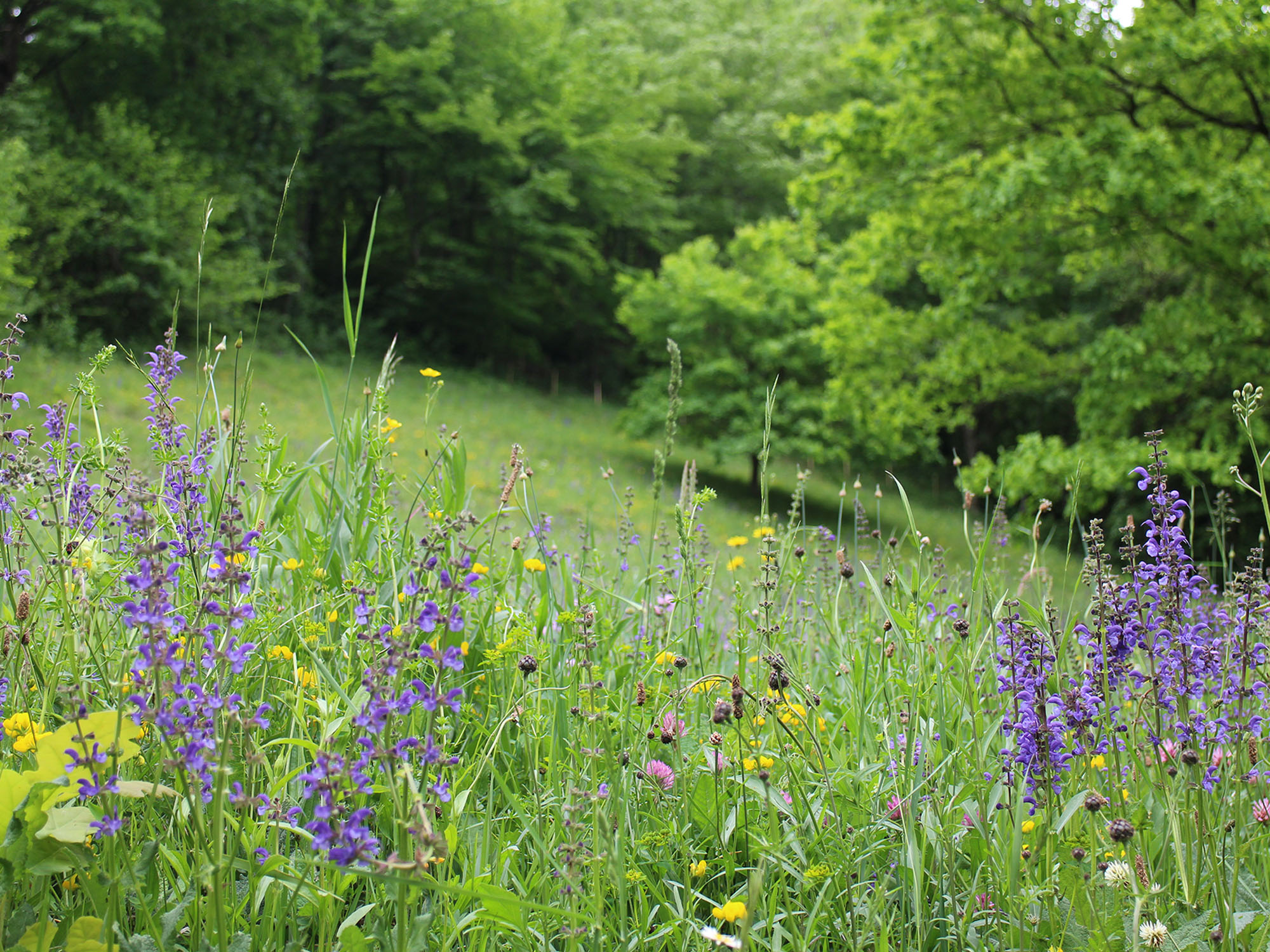Priority
Turloughs
Natura 2000 code: 3180*
Two of Slovenia’s turloughs have surface watercourses; the most famous is Lake Cerknica, which is connected to Planinsko polje via a subterranean river. Another group is the intermittent Pivka Lakes, which fill up through the rise of underground waters.
mesotrophic wet meadows – with characteristic species Lychnis flos-cuculi, Bromus racemosus, Mentha aquatica;
Molinia meadows on calcareous, peaty or clayey-silt-laden soils – Molinia caerulea, Deschampsia cespitosa, Gentiana pneumonanthe;
Phragmites stands – Phragmites australis, Schoenoplectus lacustris, Iris pseudacorus;
Schoenoplectus associations – Schoenoplectus lacustris;
tall sedge meadow communities – Carex elata, Carex vesicaria, Lysimachia vulgaris;
alkaline fens – Schoenus nigricans, Schoenus ferrugineus, Carex davalliana, Carex panicea, Eriophorum sp., Epipactis palustris.
Semi-natural dry grasslands and scrubland facies on calcareous substrates (Festuco-Brometalia)
Koda Natura 2000: 6210(*)
Species-rich Nardus grasslands, on silicious substrates in mountain areas (and submountain areas in Continental Europe)
Natura 2000 code: 6230*
Non-priority
Eastern sub-mediteranean dry grasslands (Scorzoneratalia villosae)
Natura 2000 code: 62A0
These grasslands are maintained by extensive mowing or grazing. In the past, this was the dominant habitat type in the Slovene Littoral region. Nowadays, however, it is generally encroaching by scrub because of the abandonment of traditional agricultural use. Areas at higher altitude are an exception: the overgrowing process is much slower there because of rocky ground and exposure to strong winds.
Ecological conditions can be very diverse for this habitat type, however, it is usually found on dry and sun-exposed locations. Plant communities are adapted to soil with variable amount of nutrients; they appear both on poor stone pastures as well as on deep, nutrient-rich soils and karst poljes. At the same time, vegetation is highly sensitive to any form of additional fertilising. Soil acidity can also vary from alkaline to slightly acidic.
Molinia meadows on calcareous, peaty or clayey-silt-laden soils (Molinion caerulae)
Natura 2000 code: 6410
In Slovenia, meadows with the dominant Molinia grass (also known as moor grass) occur from the lowlands to the mountains and can often be found next to watercourses. This habitat type can also represent a transition to fens or to dry, nutrient-poor grasslands.
Specialised habitat type allows specialist fauna and flora to flourish. This type of meadows attracts rare butterflies, dependent on e.g. Sanguisorba officinalis or Gentiana pneumonanthe. In Slovenia, Molinia meadows are scattered from the lowlands to mountain zone.
Mediterranean tall humid grasslands of the Molinio-Holoschoenion
Natura 2000 code: 6420
Tall grasslands have important role in flood control, alongside providing habitat for many endangered species. They serve as pastoral areas in summer, as they do not dry up like other meadow types in the Mediterranean – not even in the periods of longer droughts. The most representative form of this habitat type has not yet been observed in Slovenia, but according to some phytocoenologists, the Škocjanski zatok Nature Reserve has the potential to develop its full form.
Hydrophilous tall herb fringe communities of plains and of the montane to alpine levels
Natura 2000 code: 6430
Lowland tall herb fringe communities consist of dense stands of hydrophilous tall or middle-sized herb species that occur on nutrient-rich deposits of lowland watercourses. They can be found on neutral to slightly acidic soils. This habitat type strongly depends on the soil moisture and can often be found alongside streams and stagnant waters. In areas with high ground water level, it can expand also further from the banks. In Slovenia, it is most common in the plains of central and eastern part of the country, usually in small dispersed patches, locally also as a fringe community of artificial watercourses.
Lowland hay meadows (Alopecurus pratensis, Sanguisorba officinalis)
Natura 2000 code: 6510
Habitat type with Natura code 6510 corresponds to the national typology category of mesotrophic to eutrophic meadows with the following subordinate categories: Central European xeromesophilous lowland hay meadows on mostly dry, steep ground with dominant Arrhenatherum elatius and Central European hygromesophilous lowland hay meadows on moderately wet ground with dominant species Arrhenatherum elatius.


